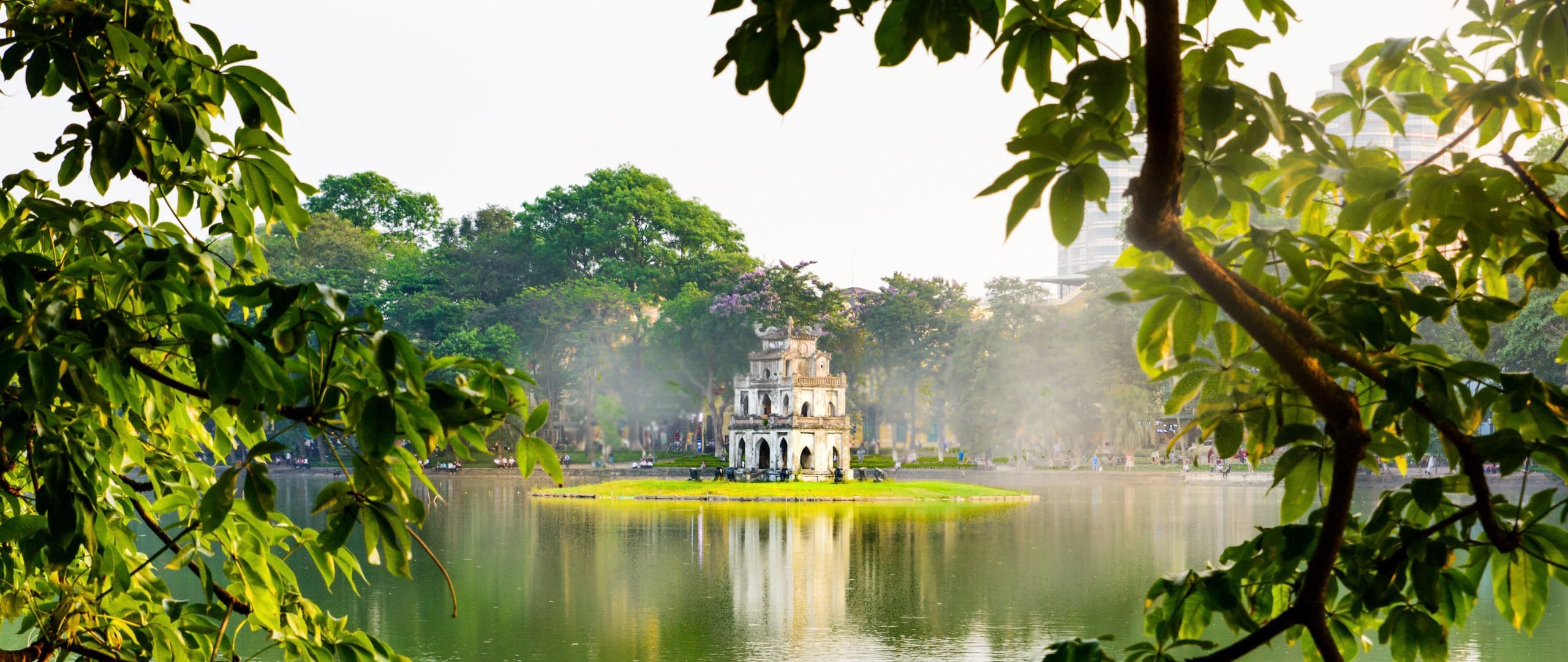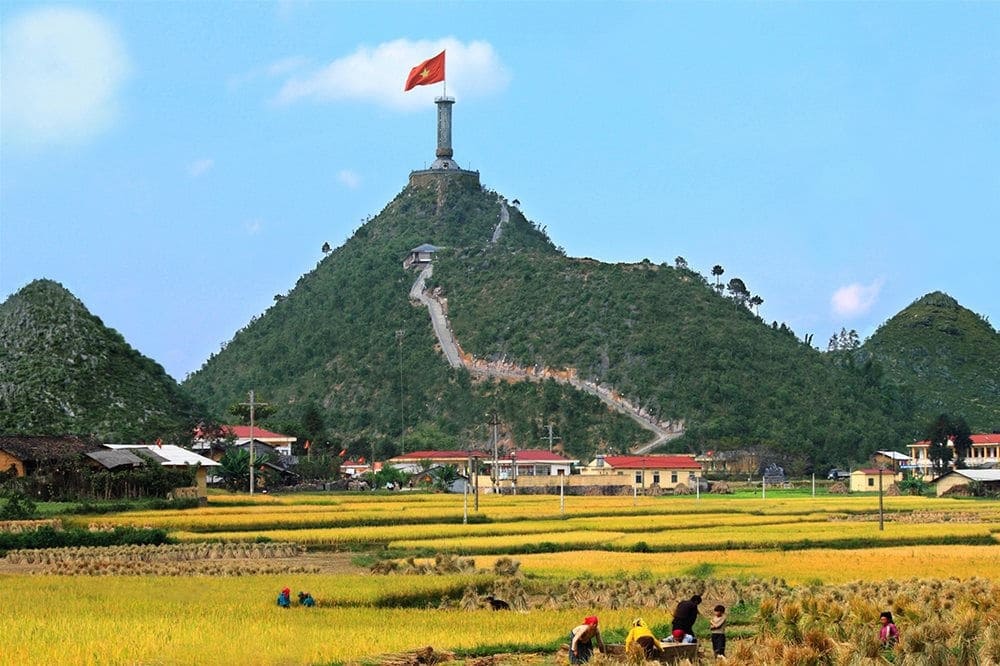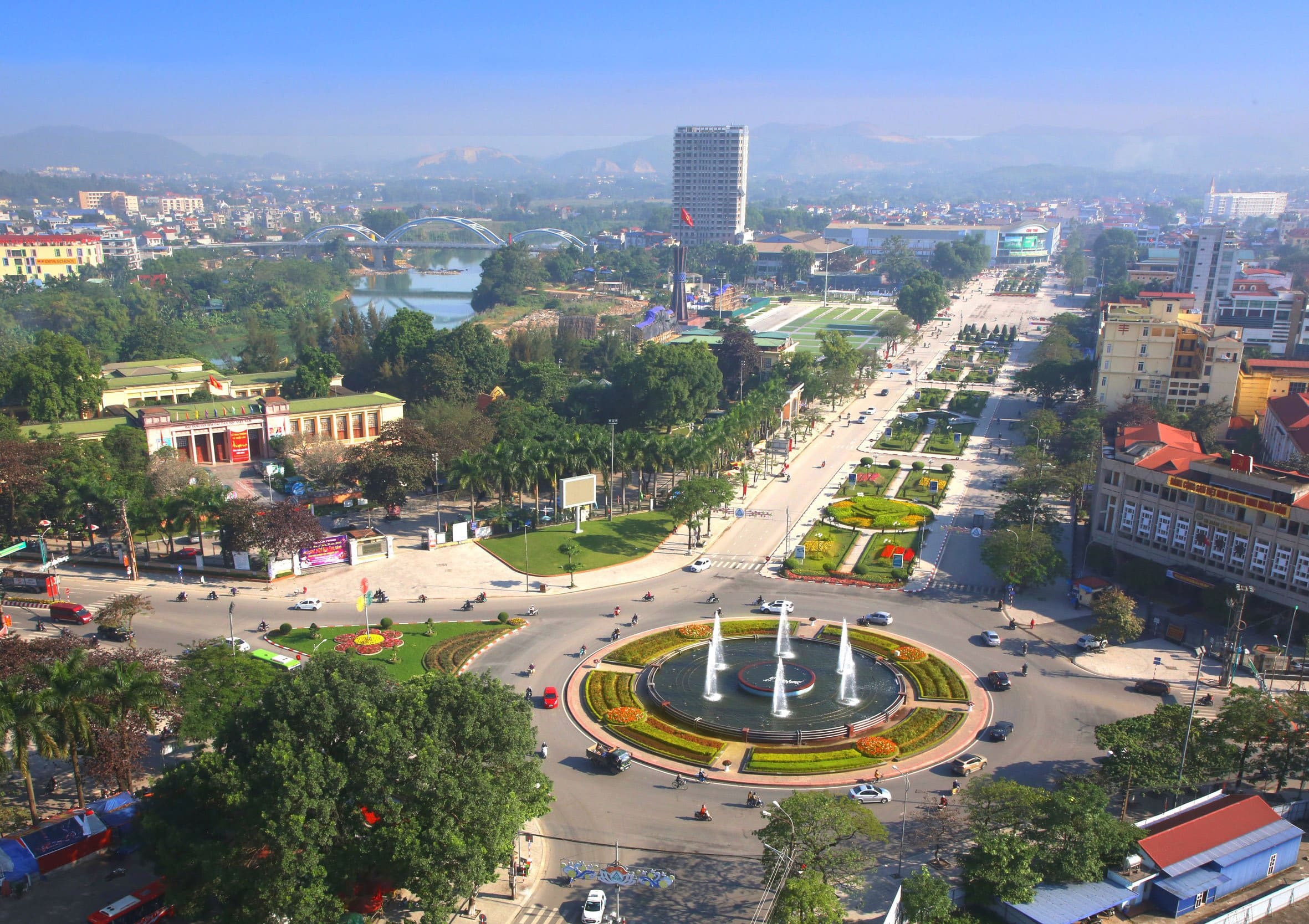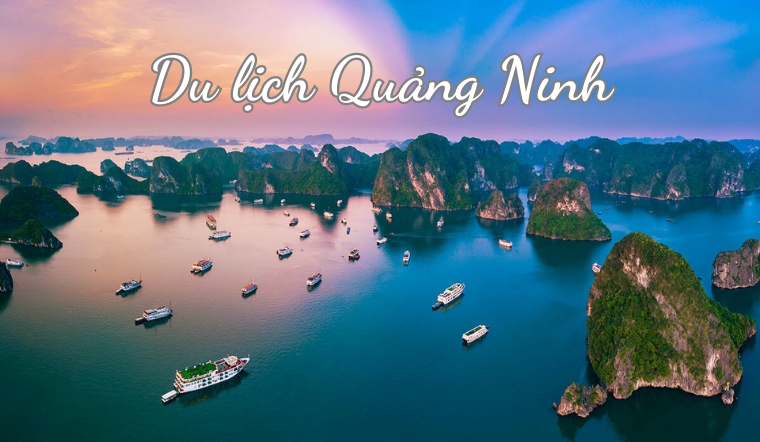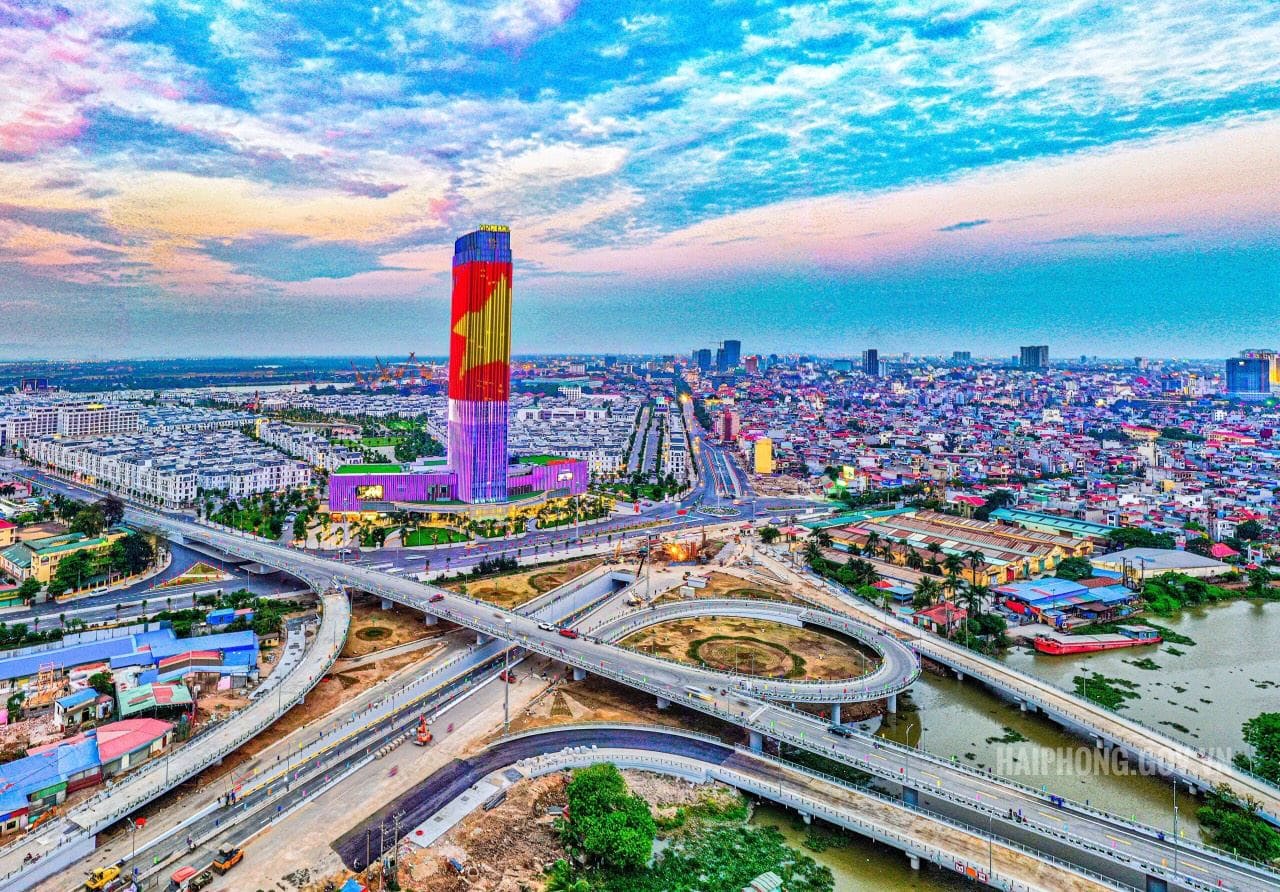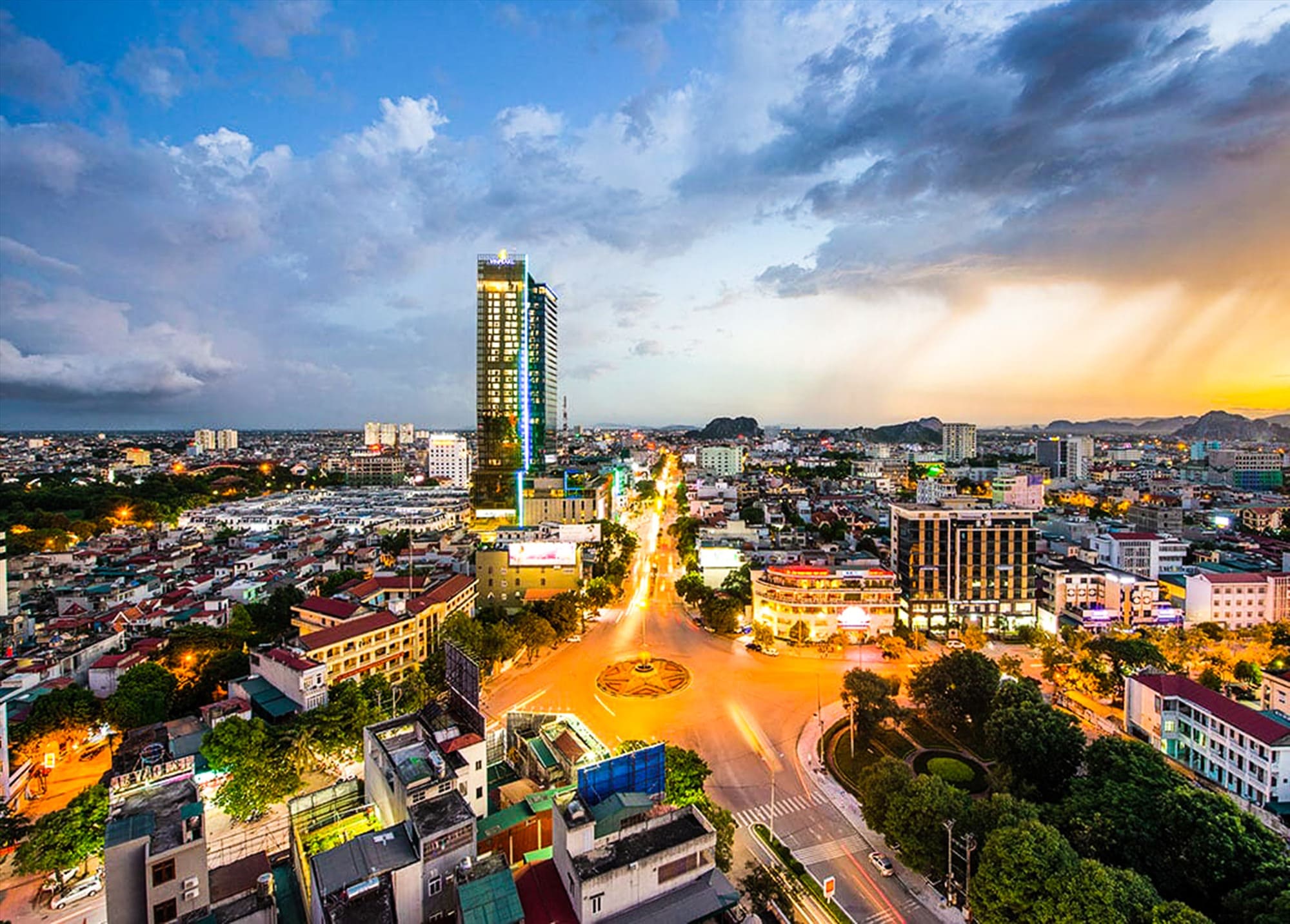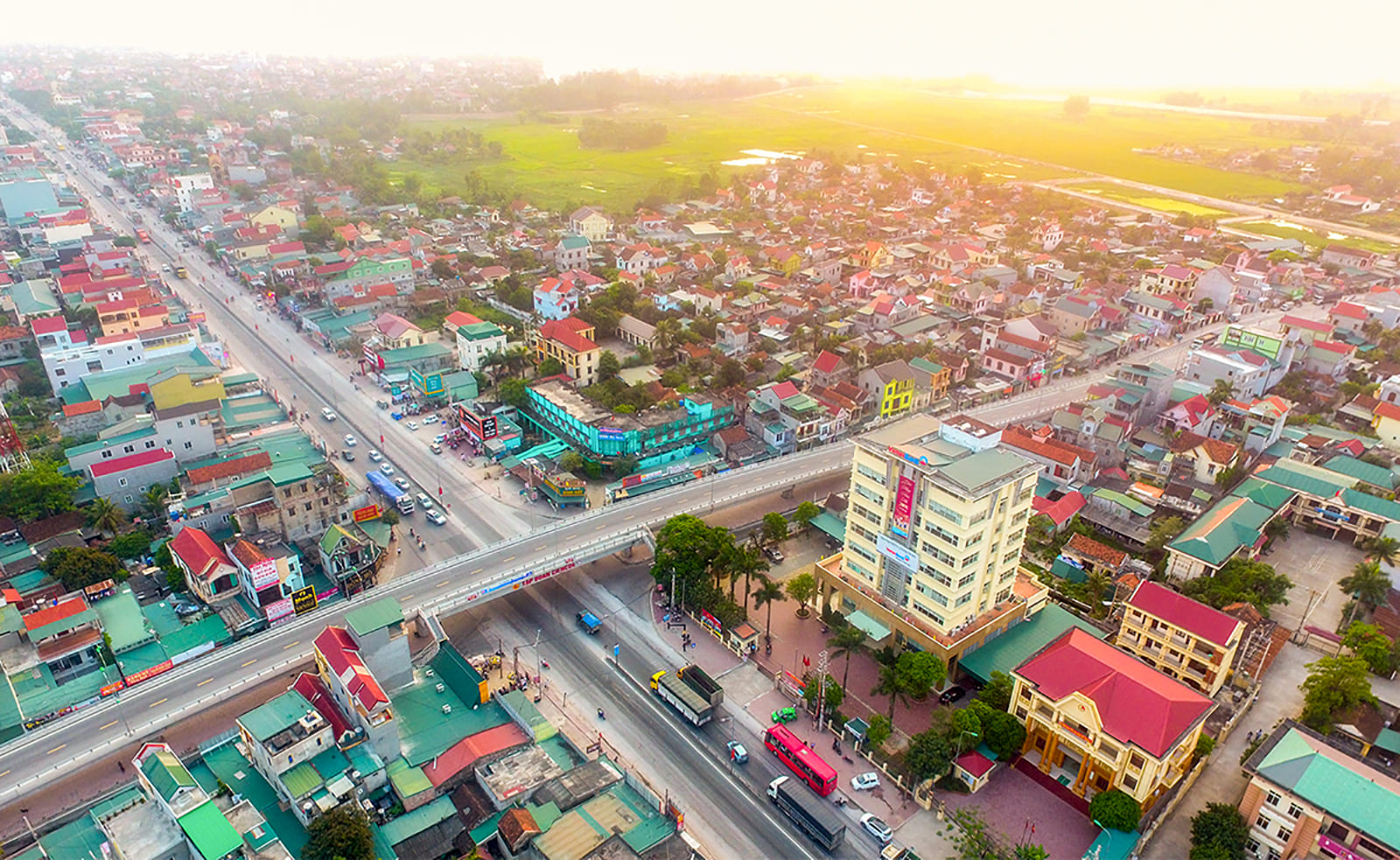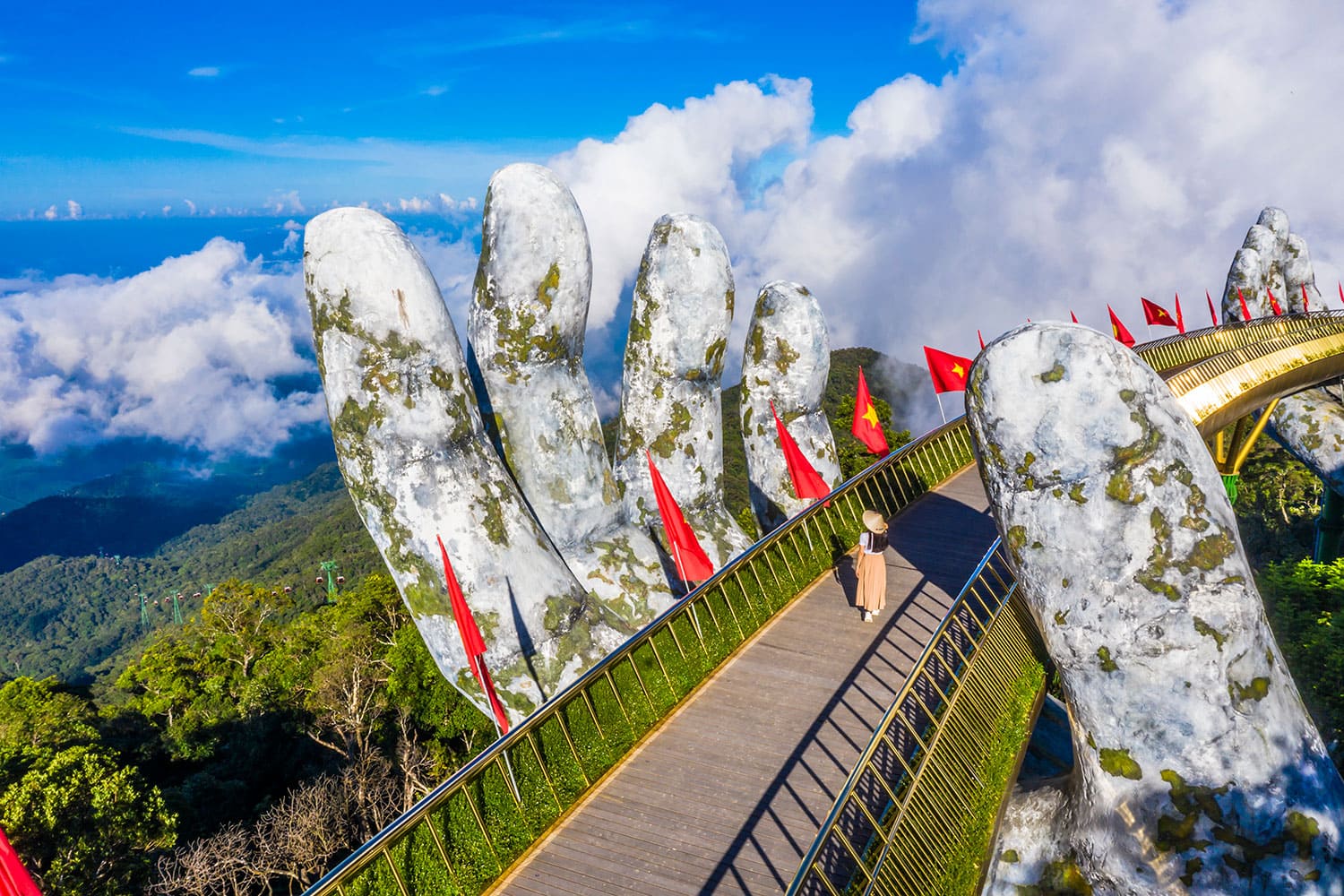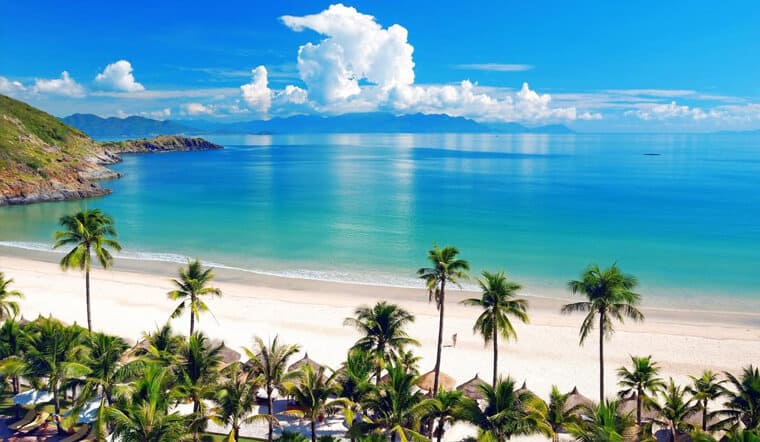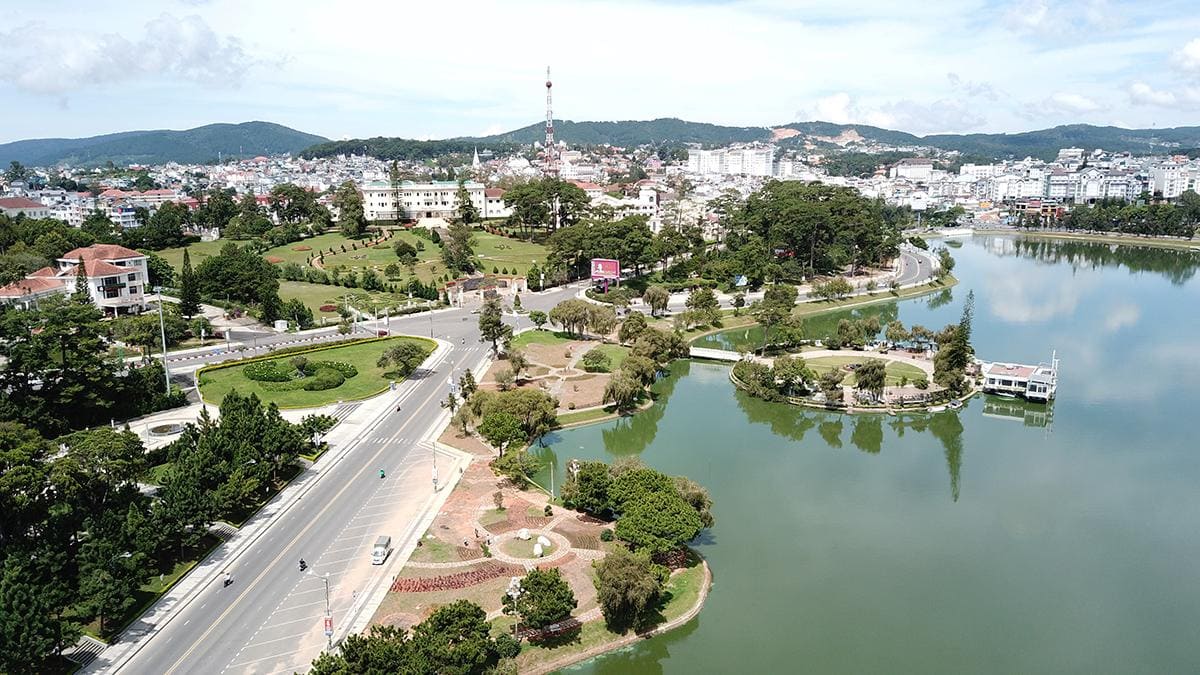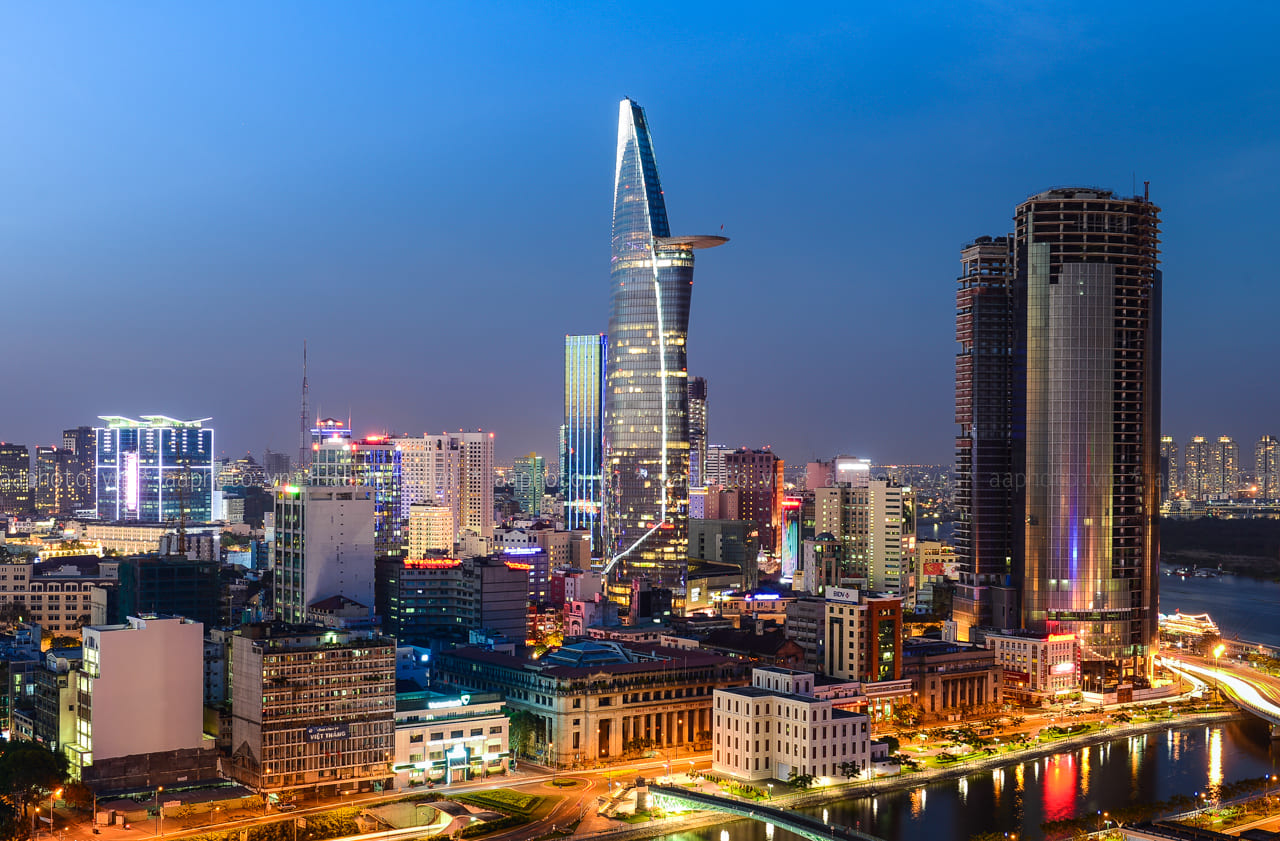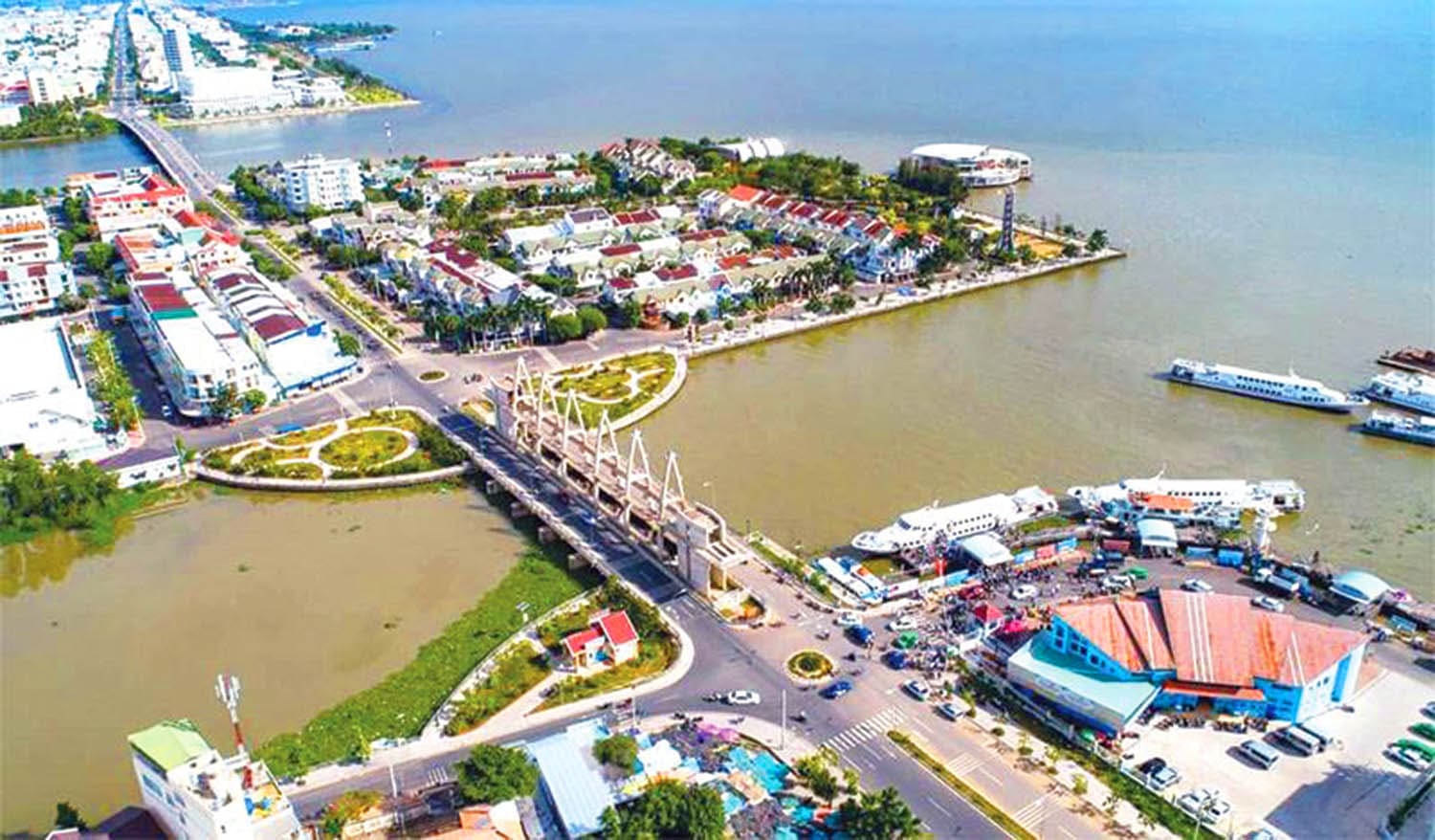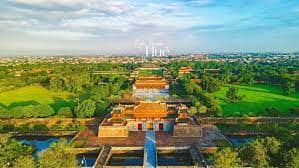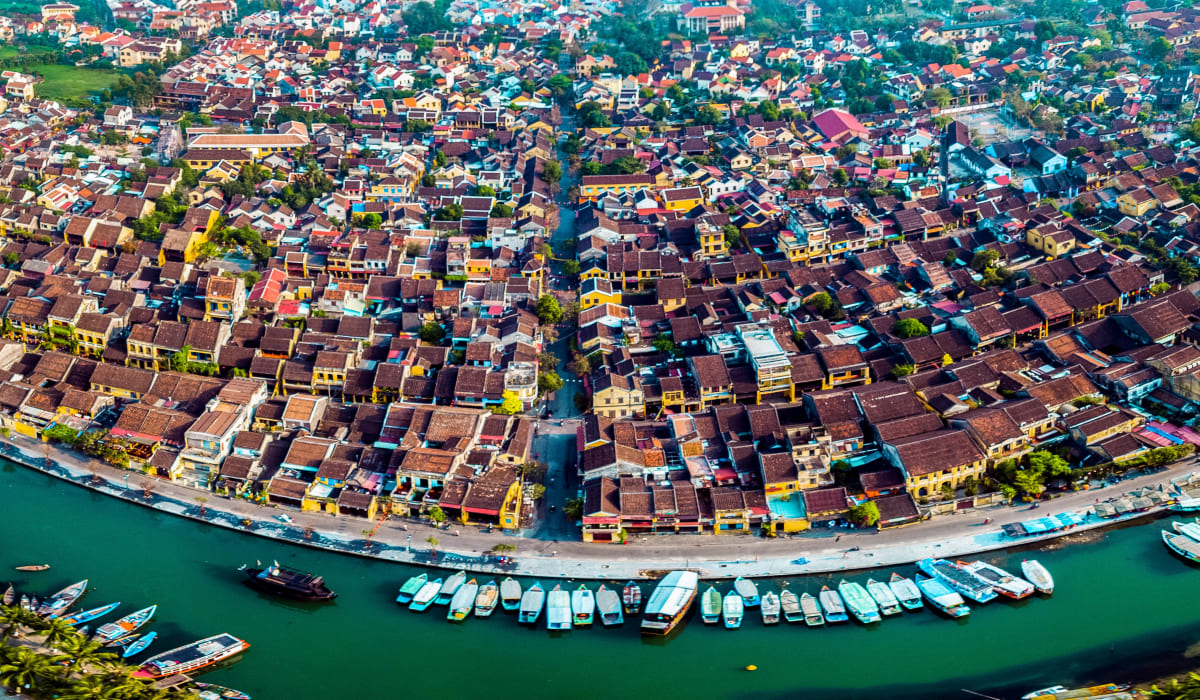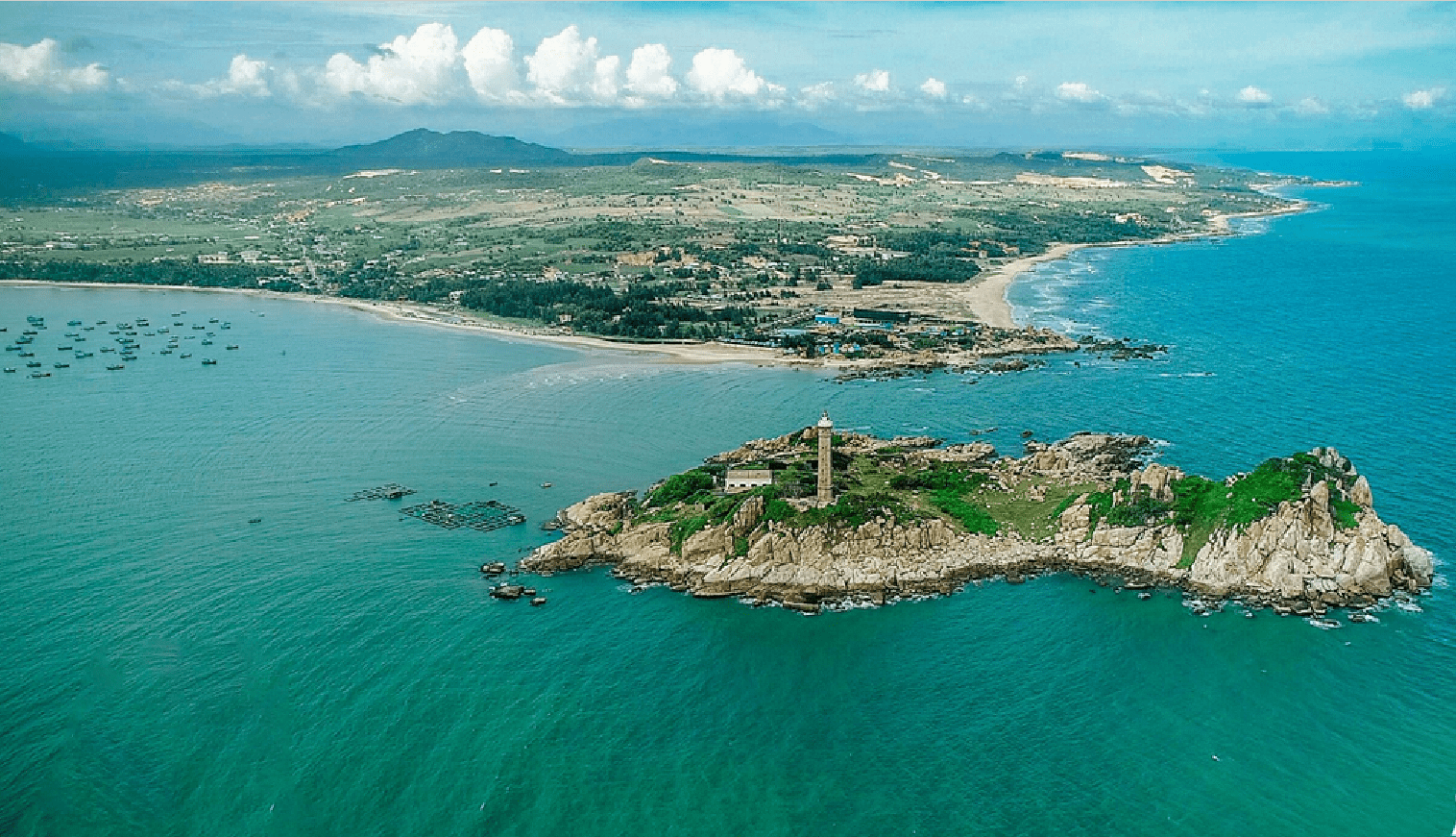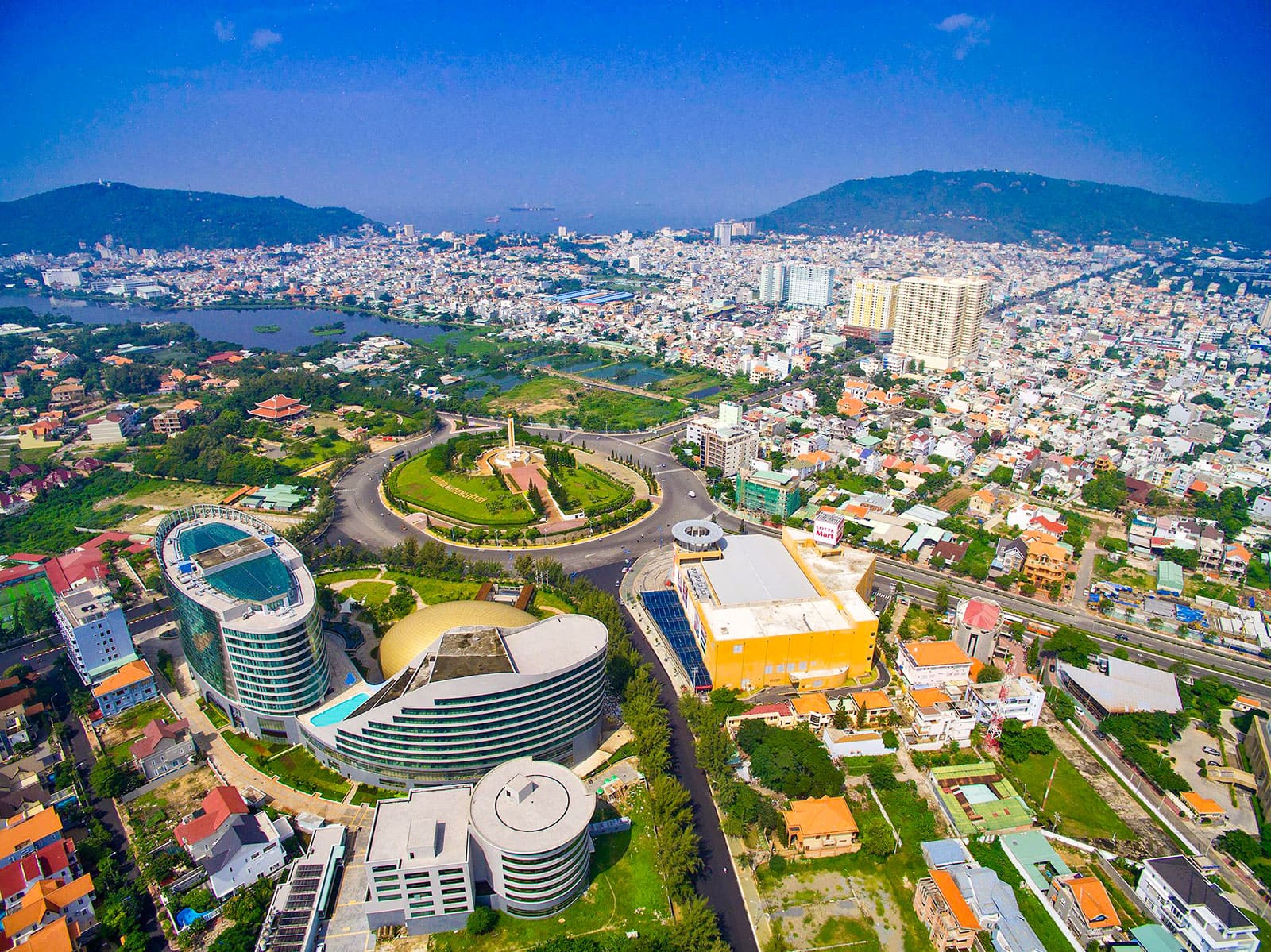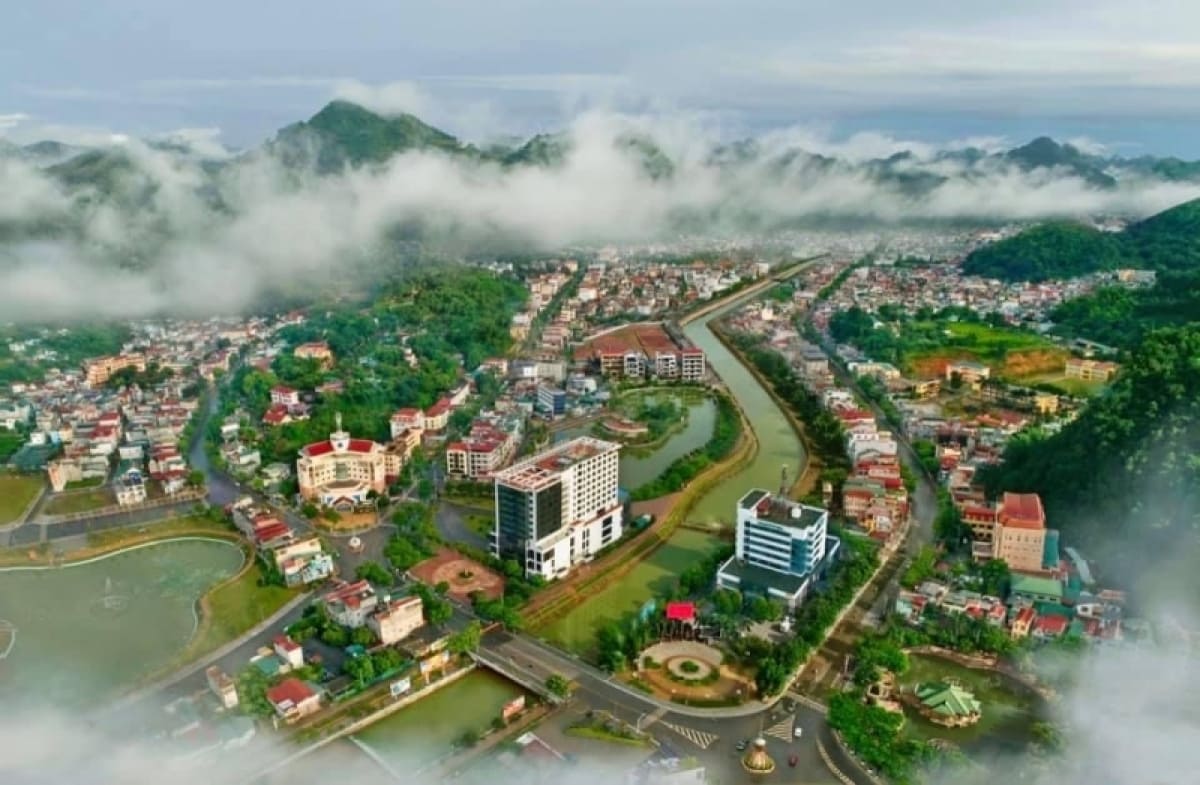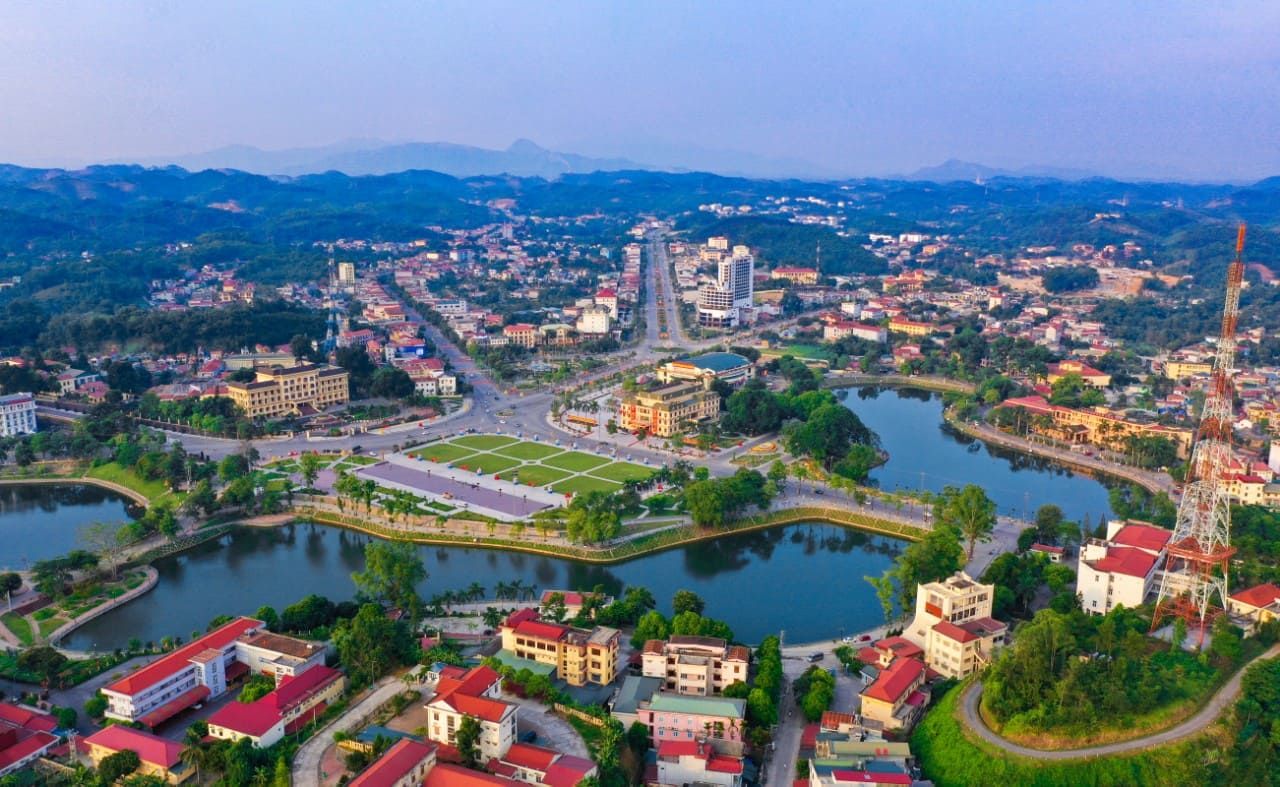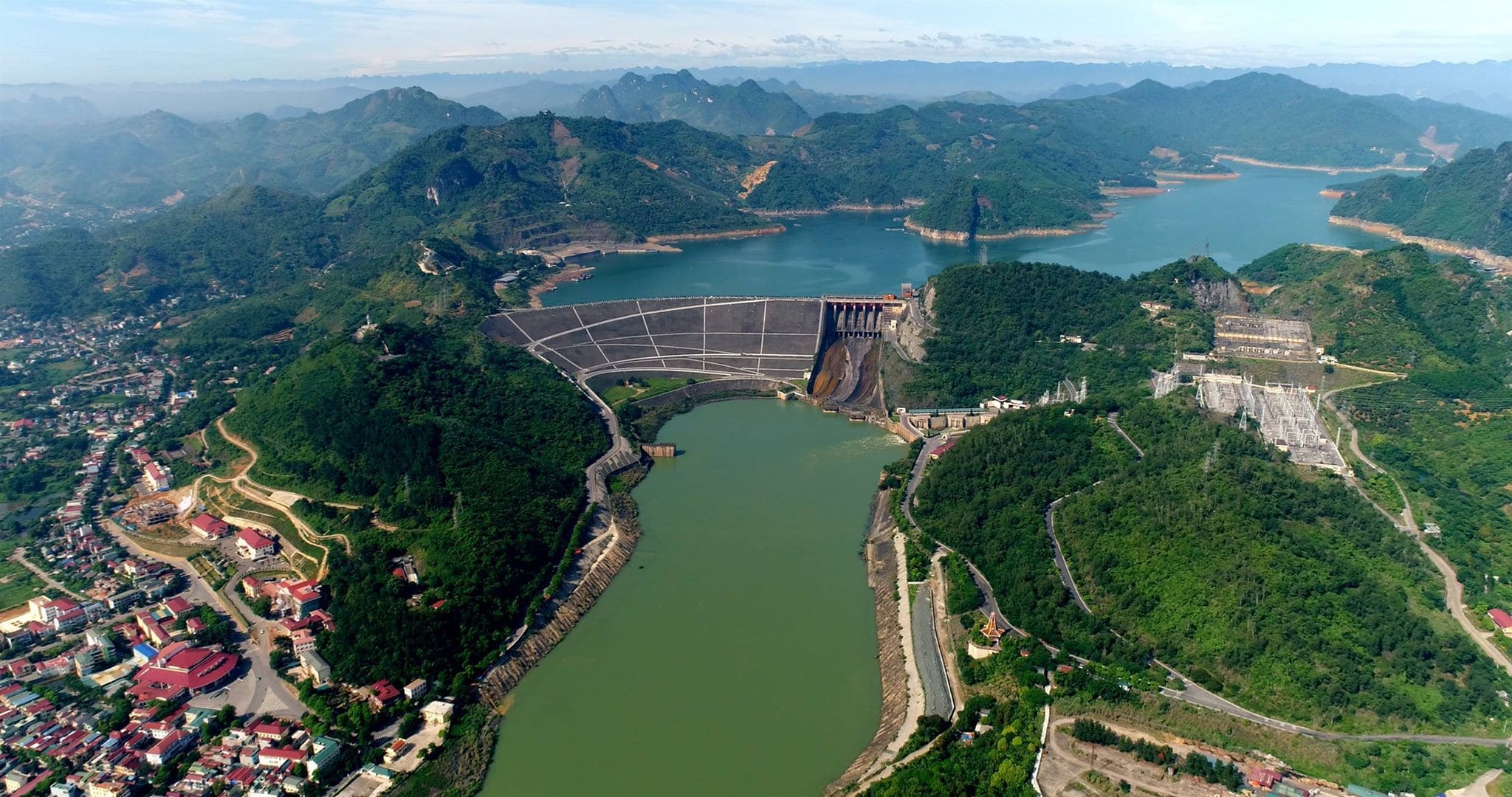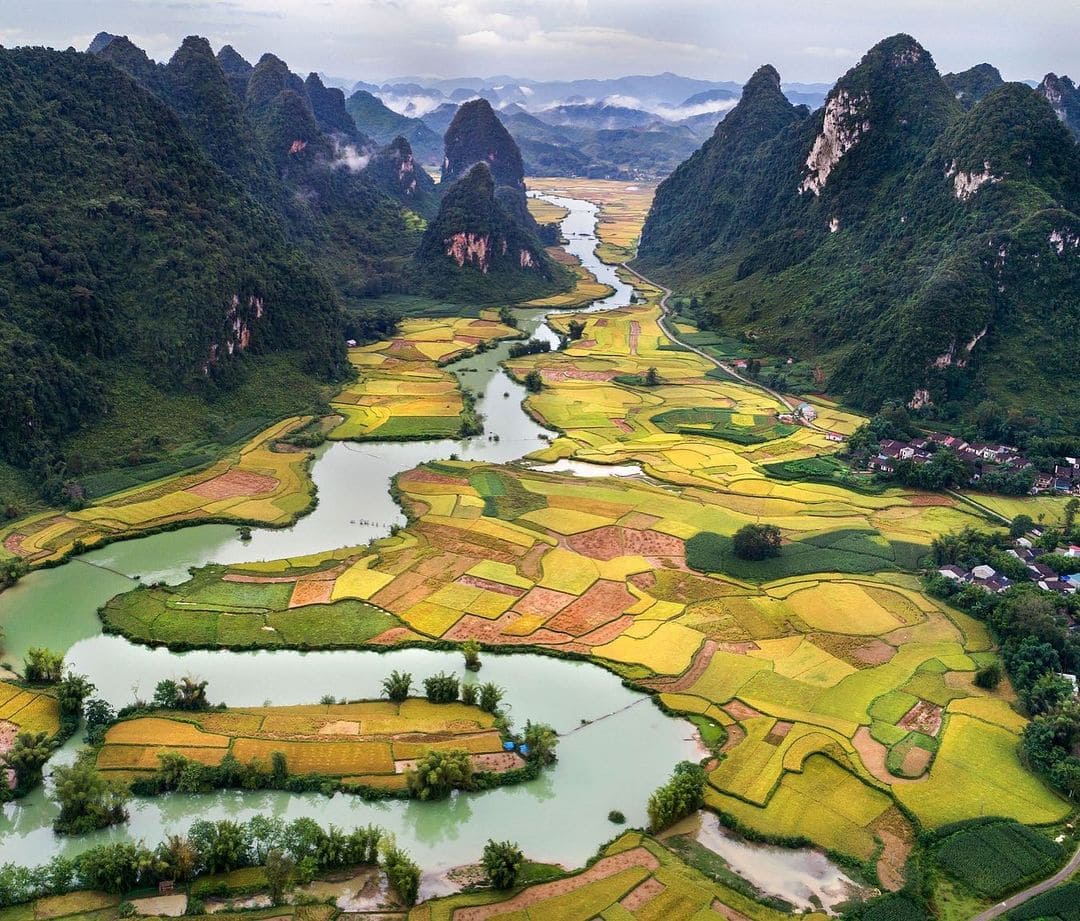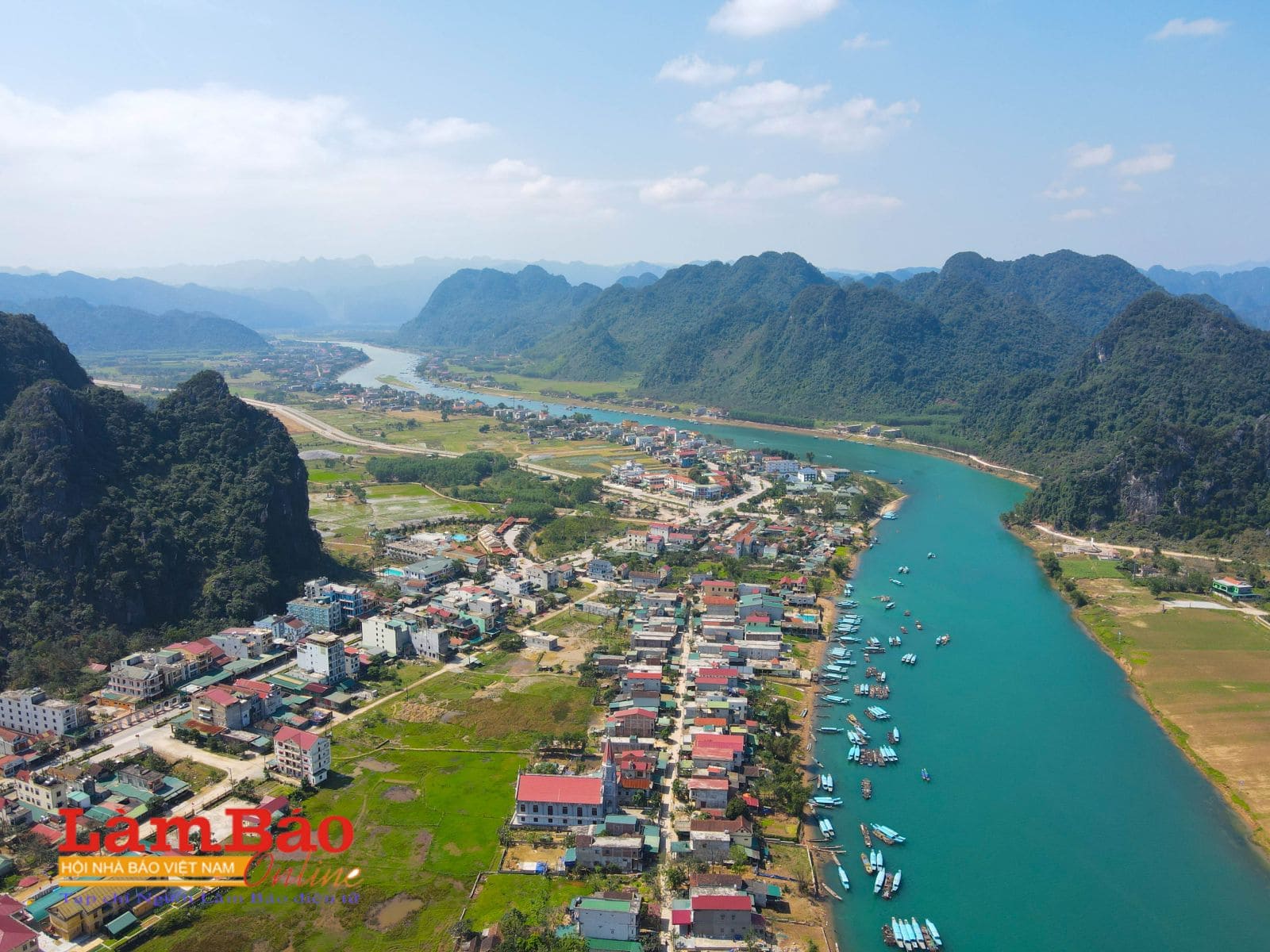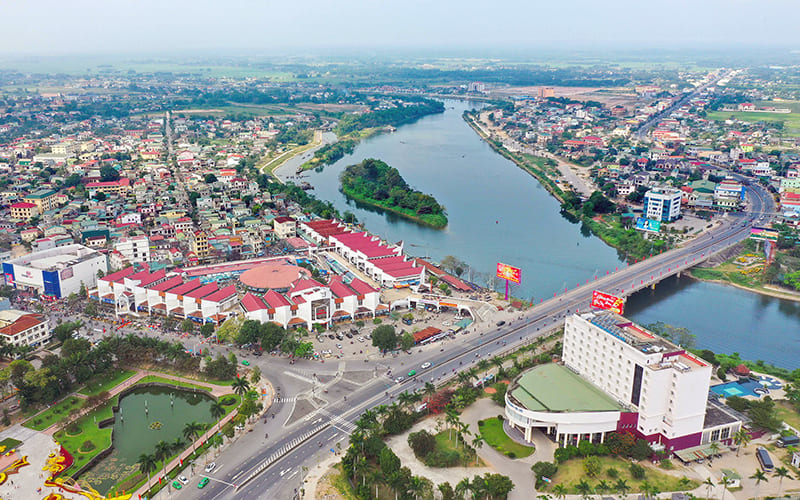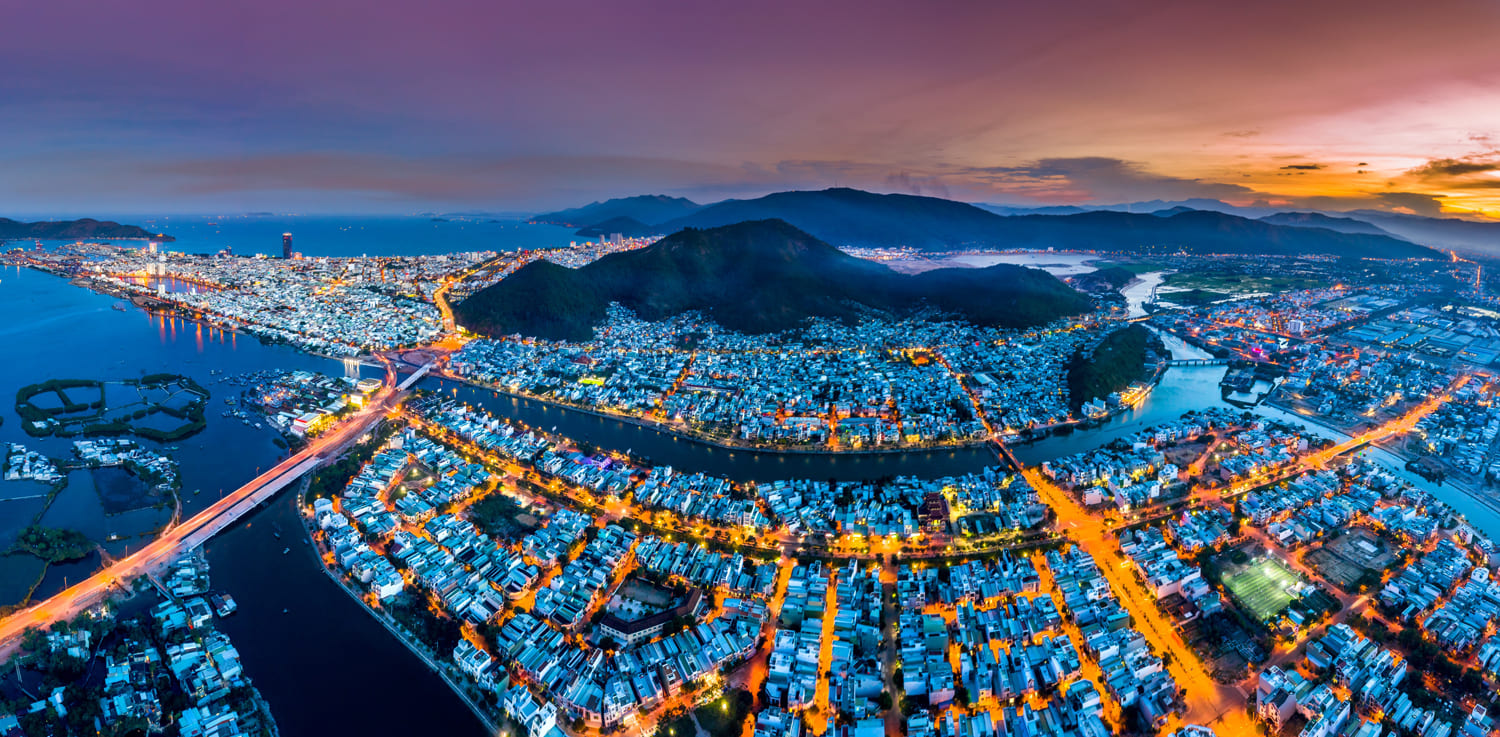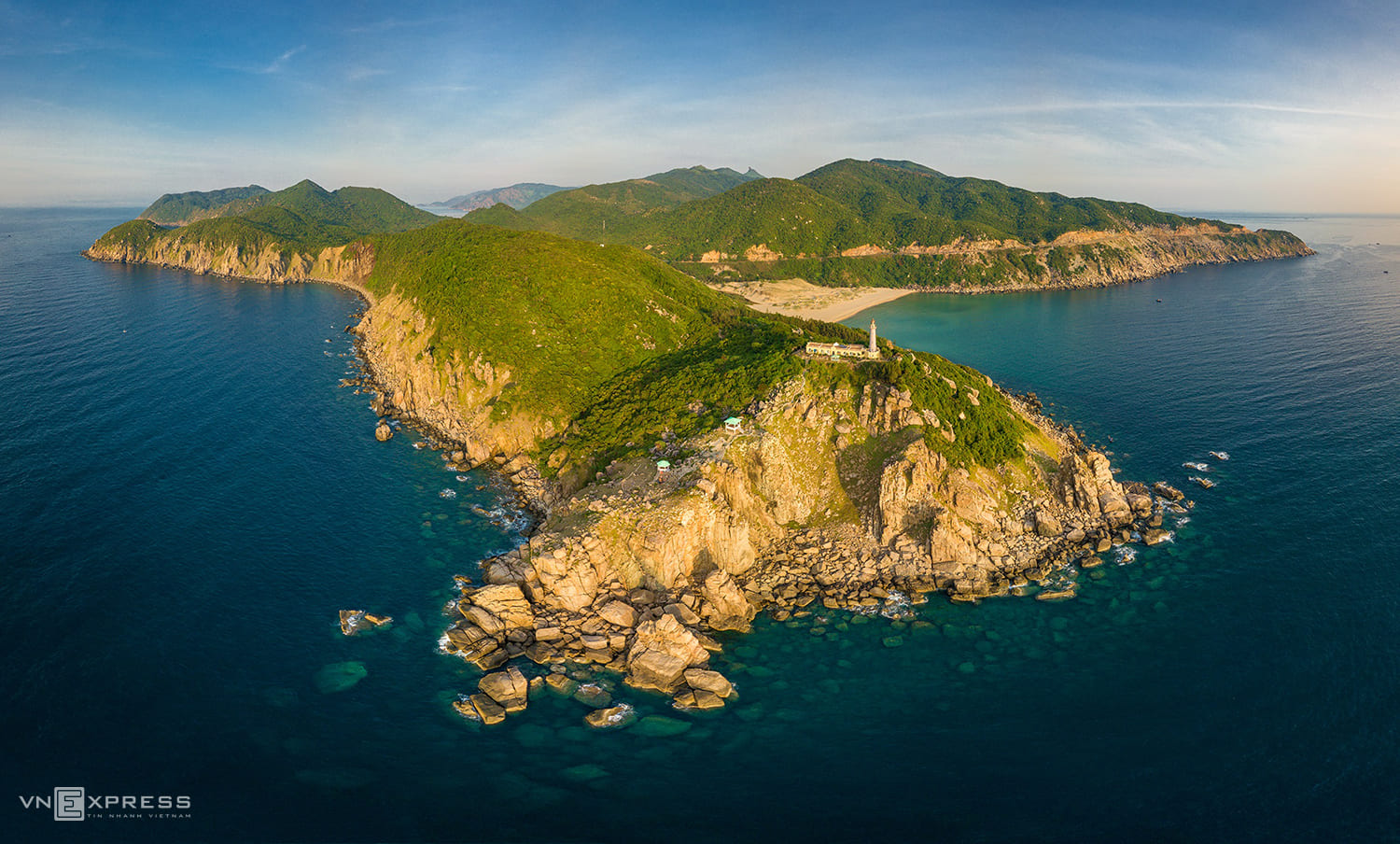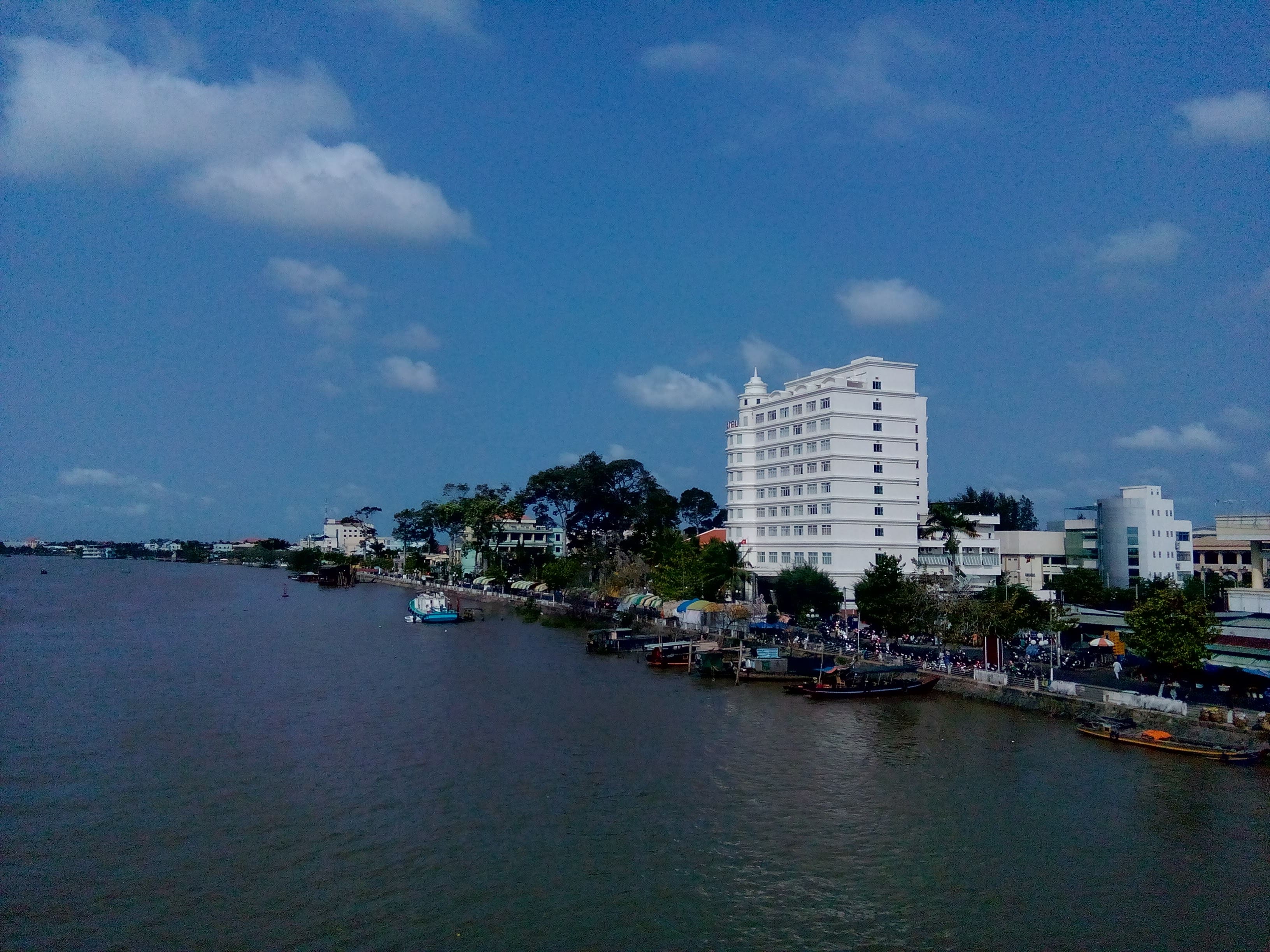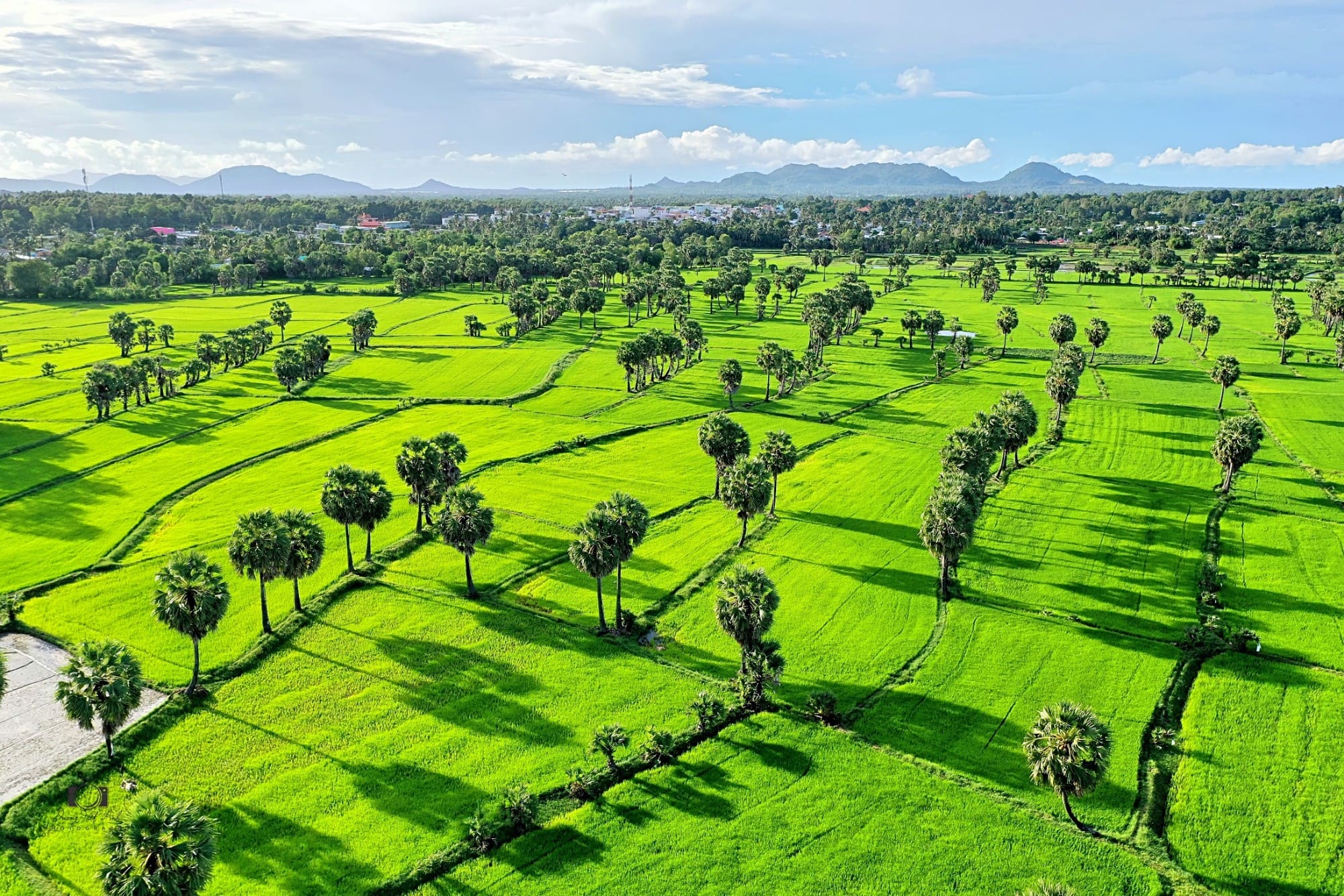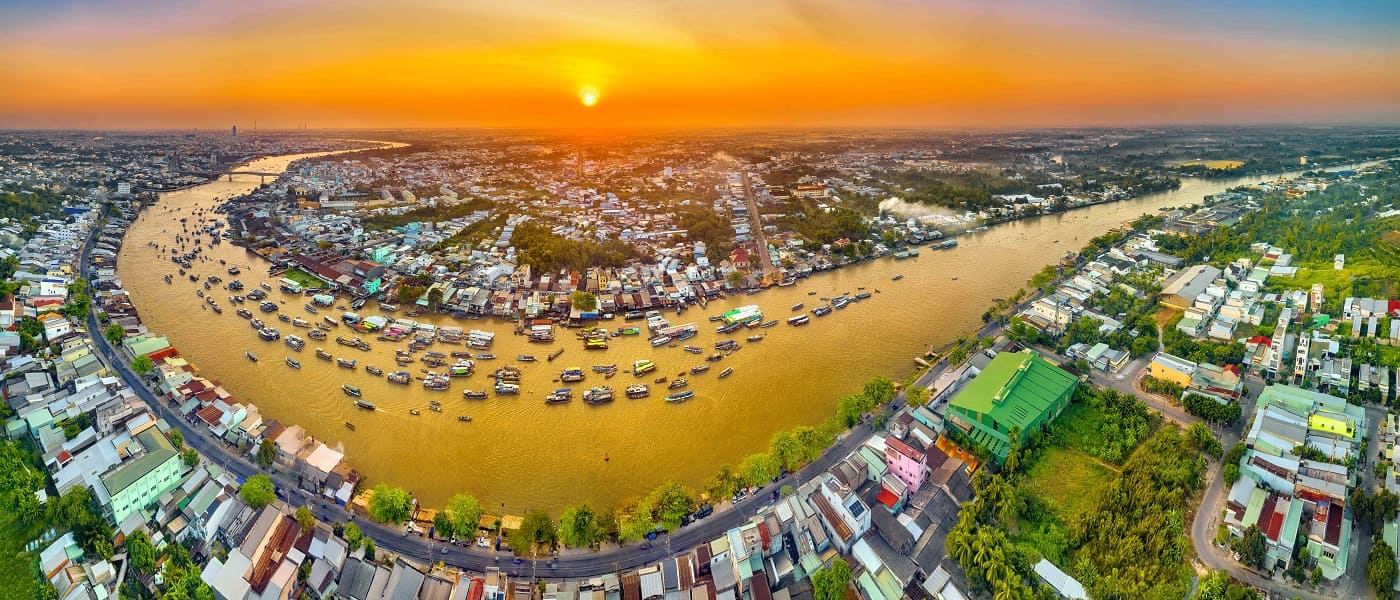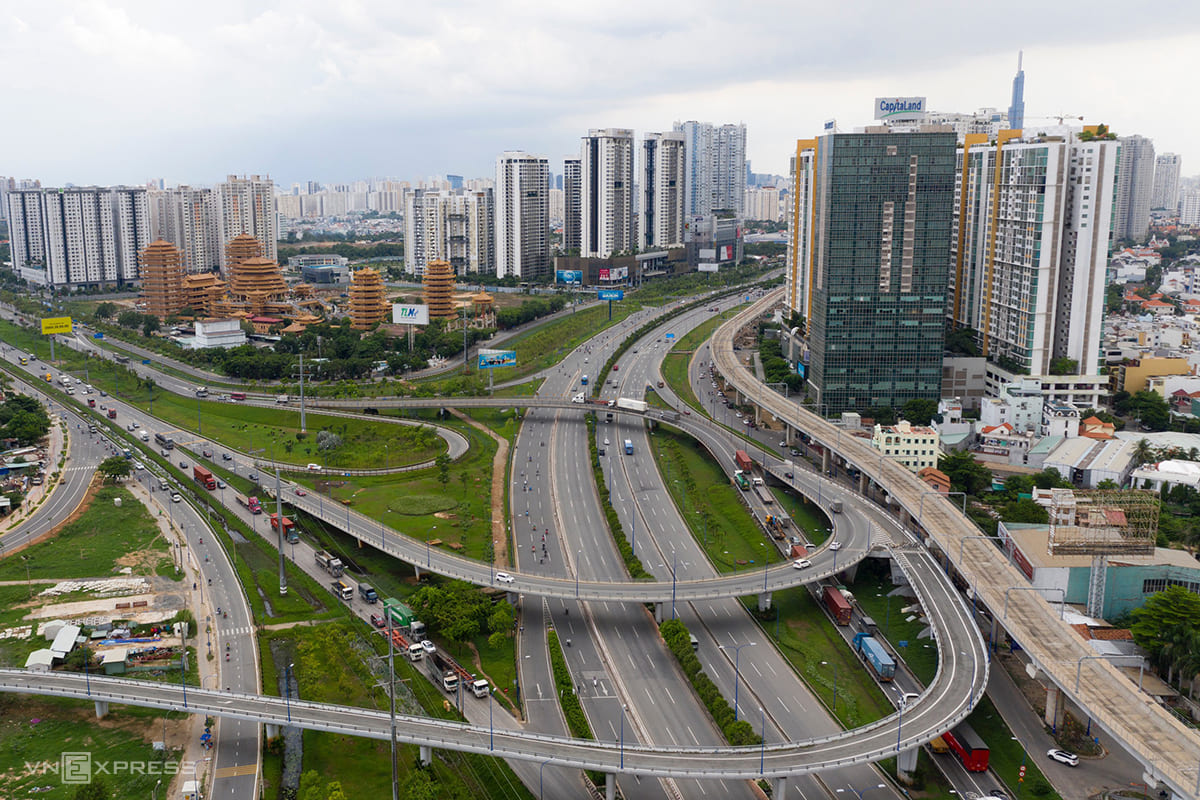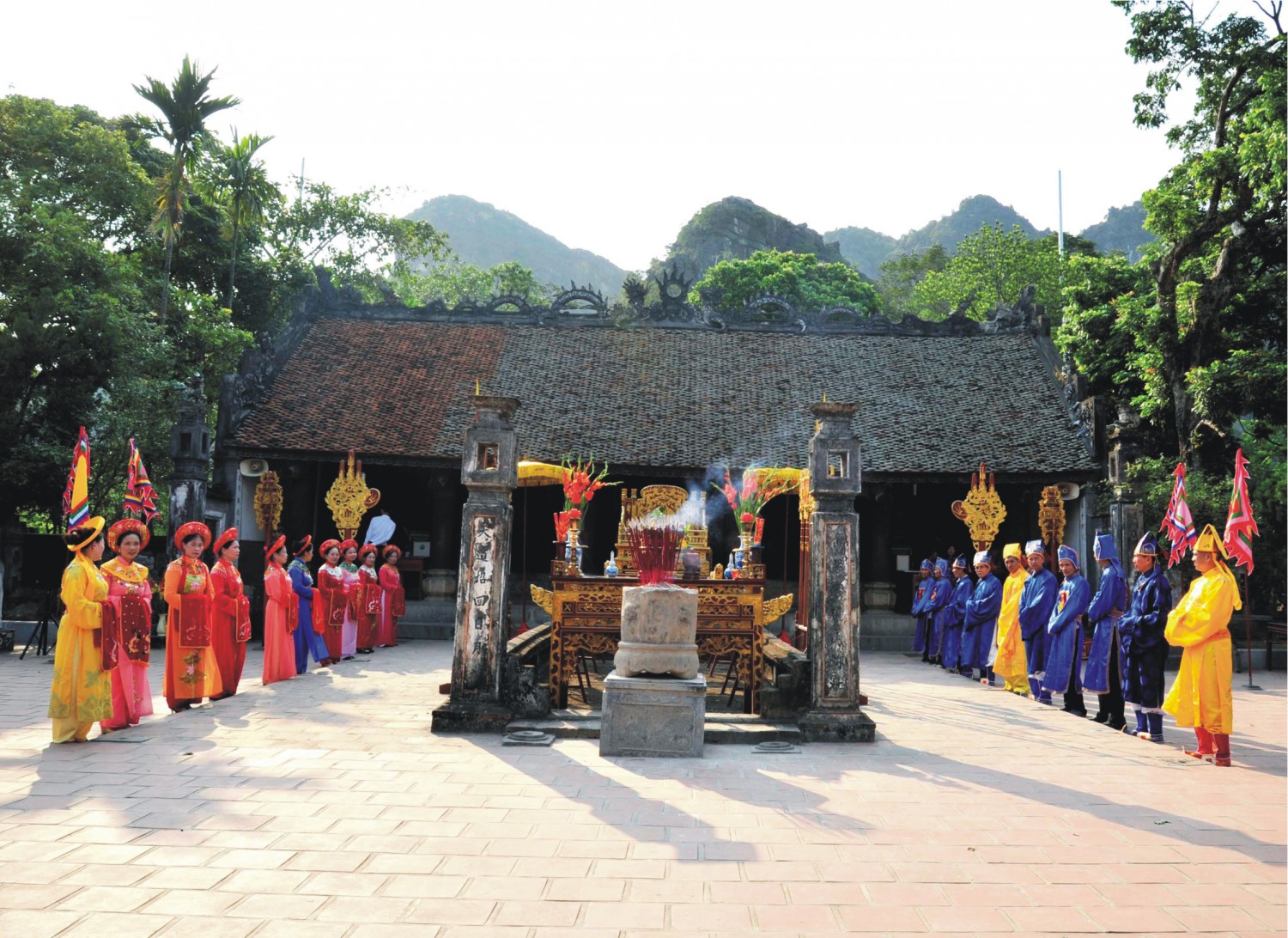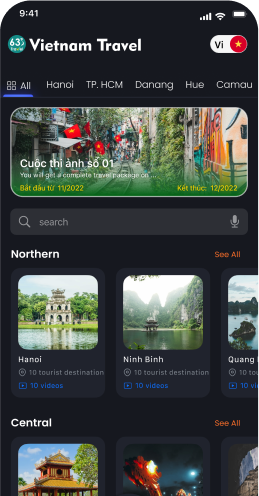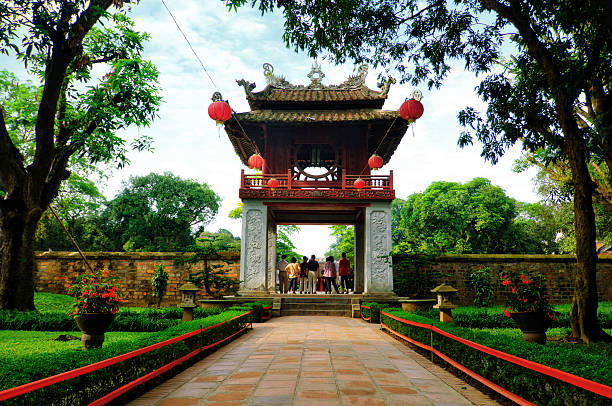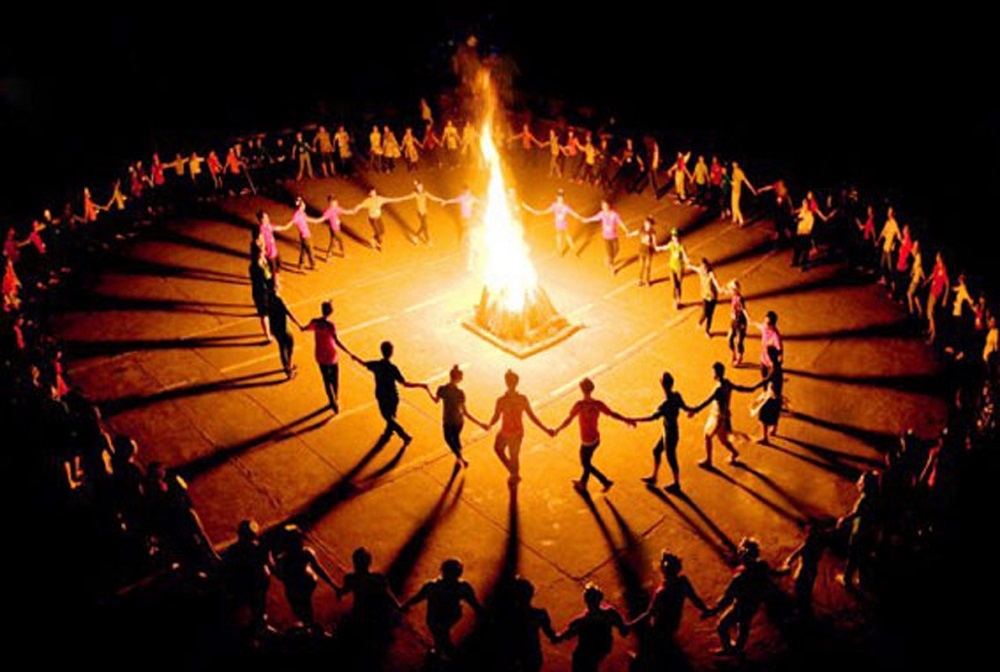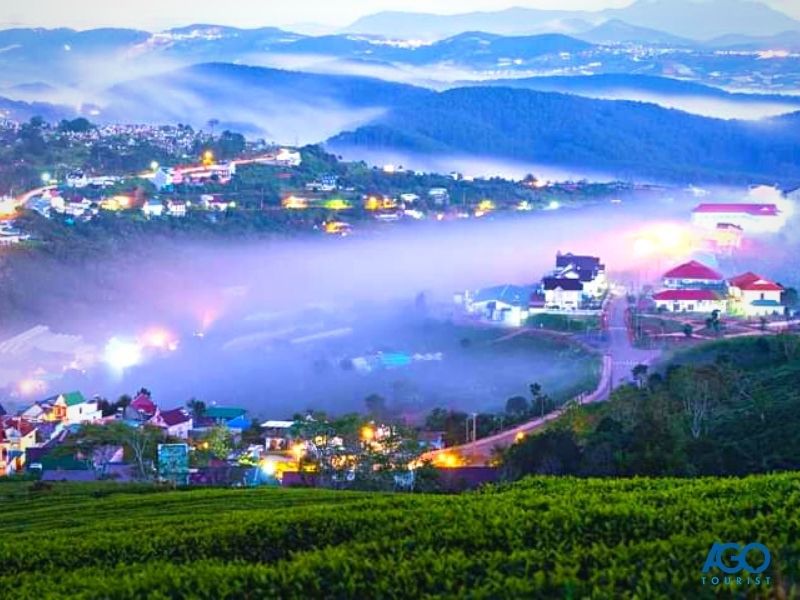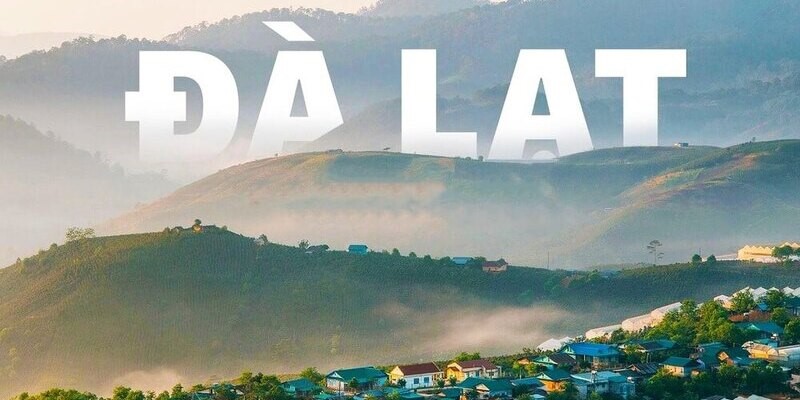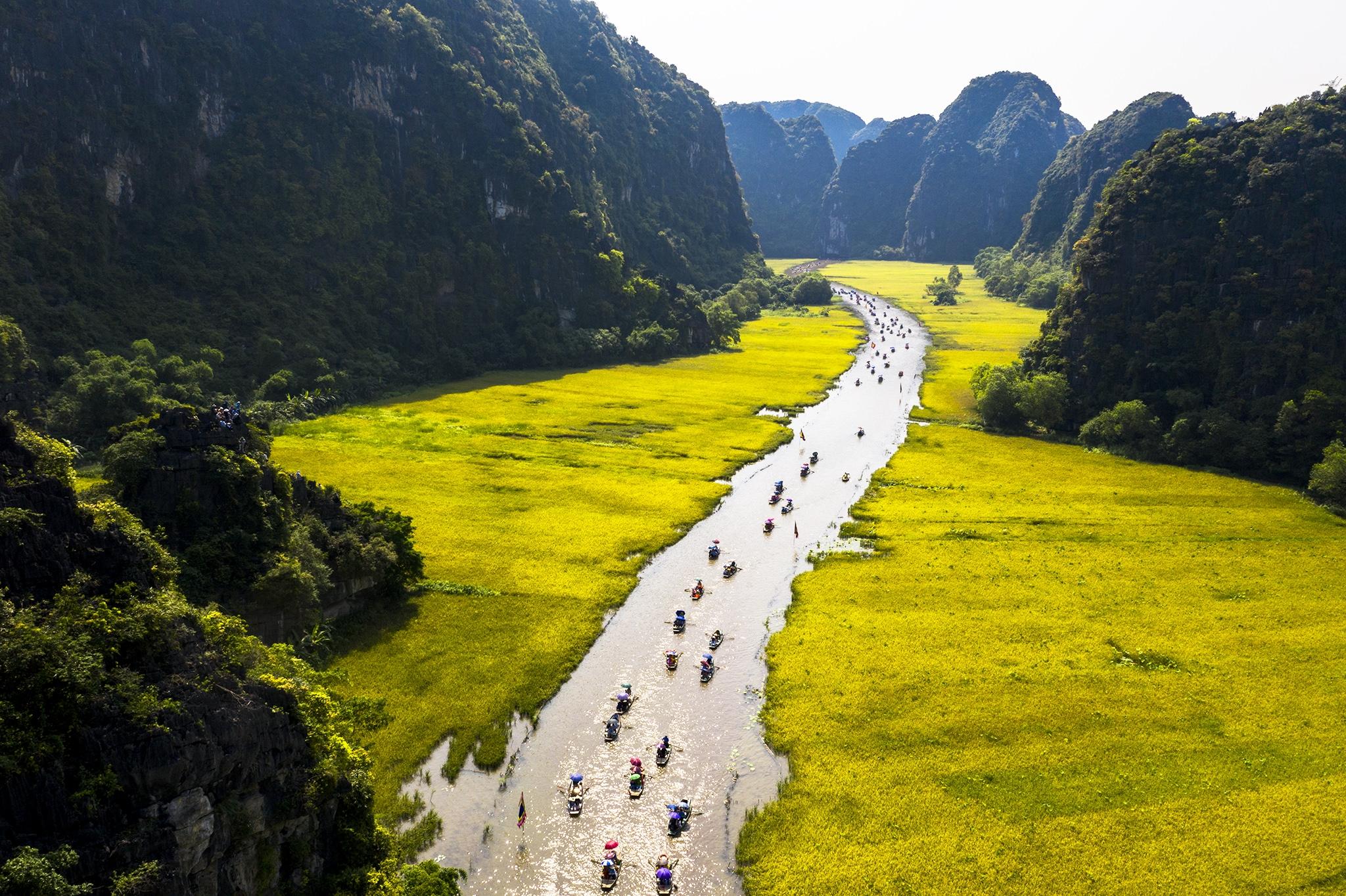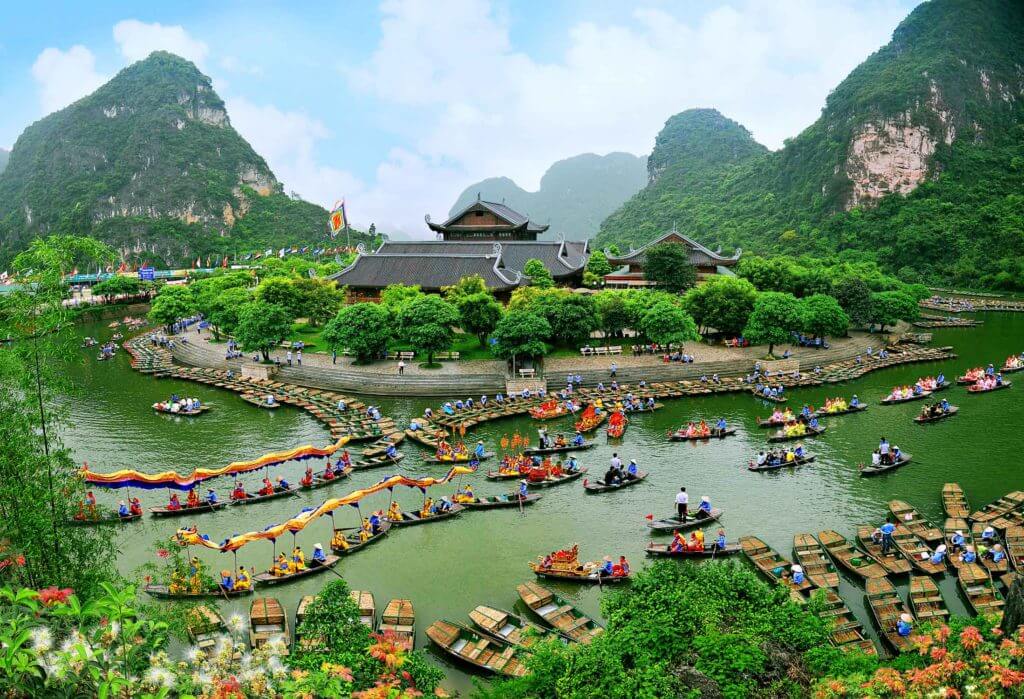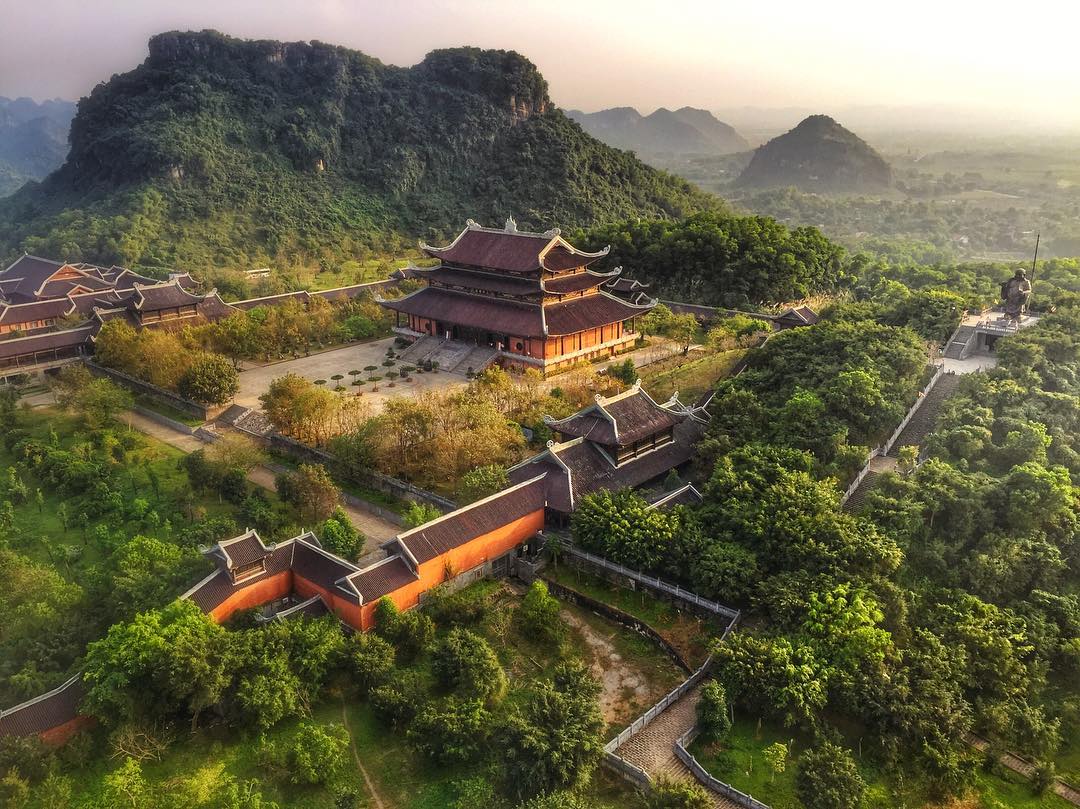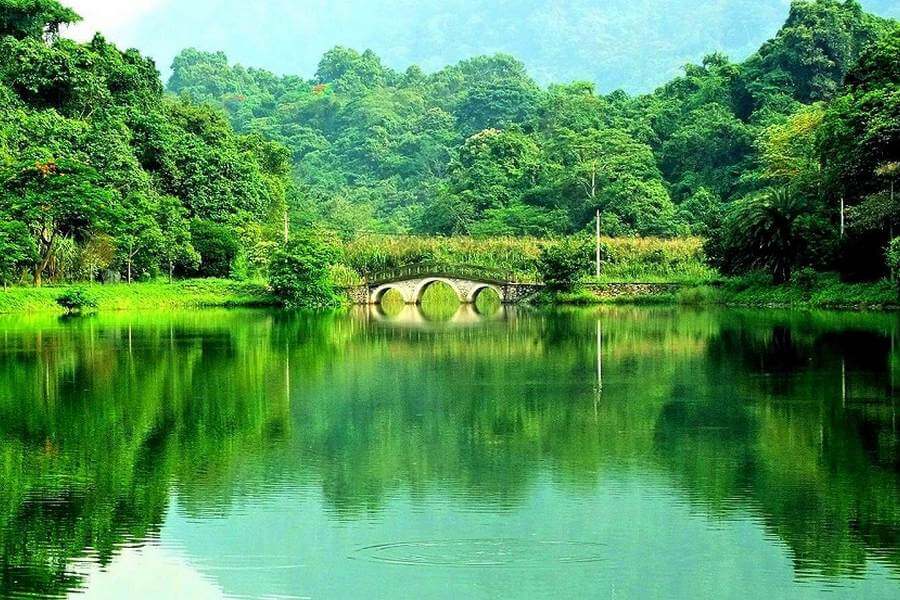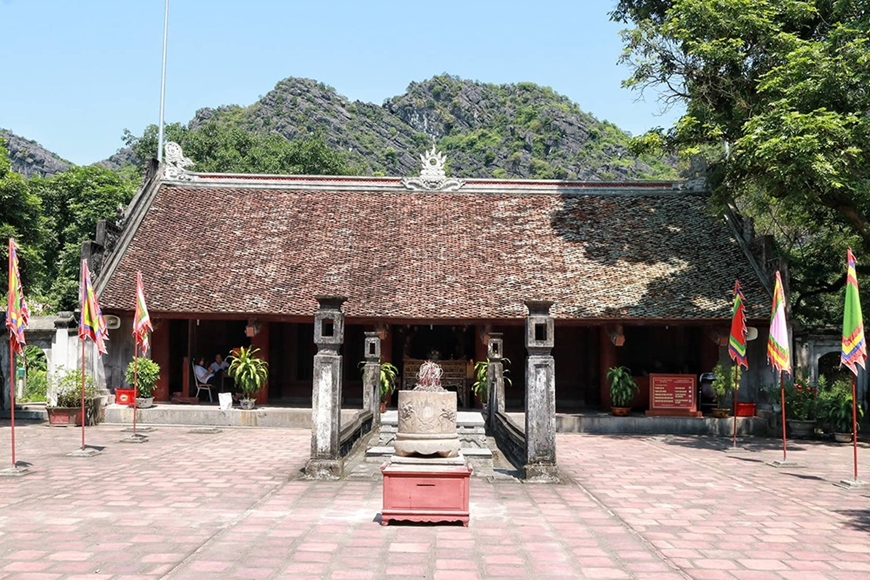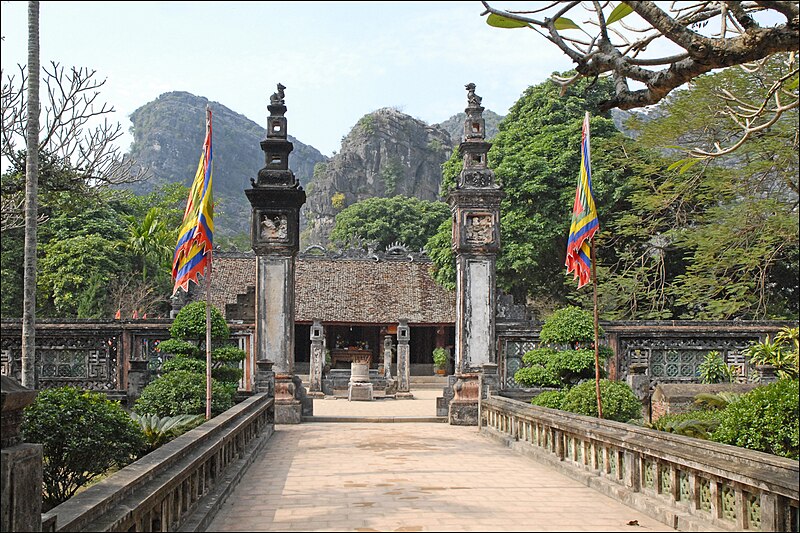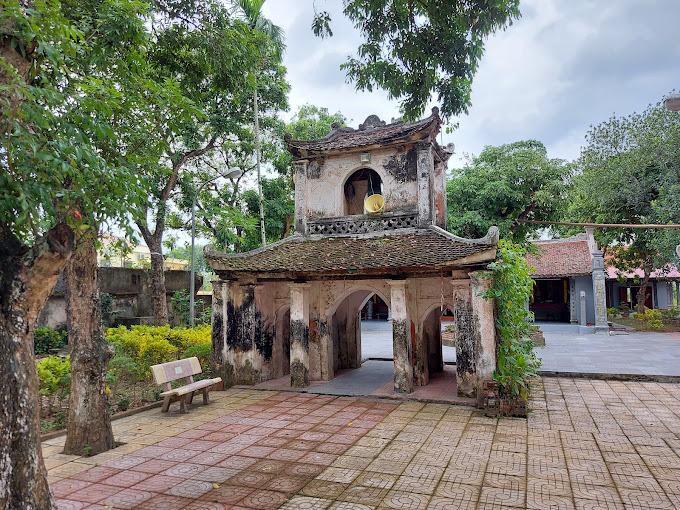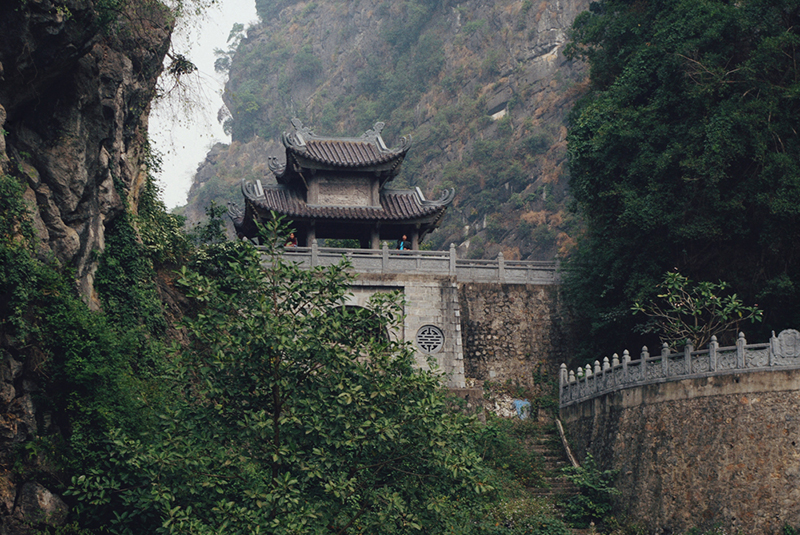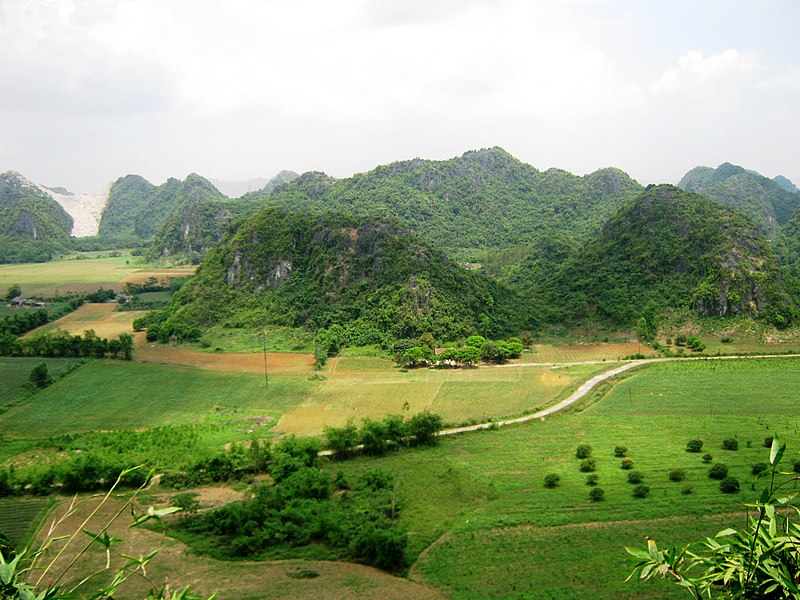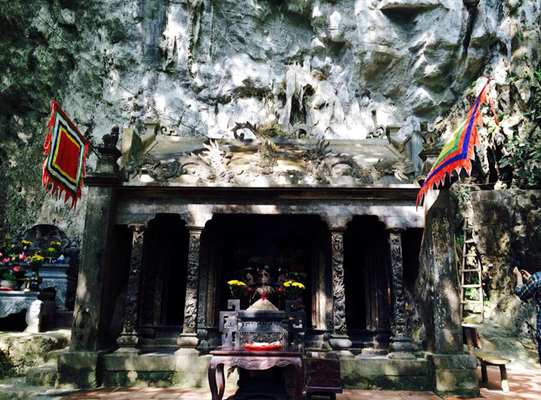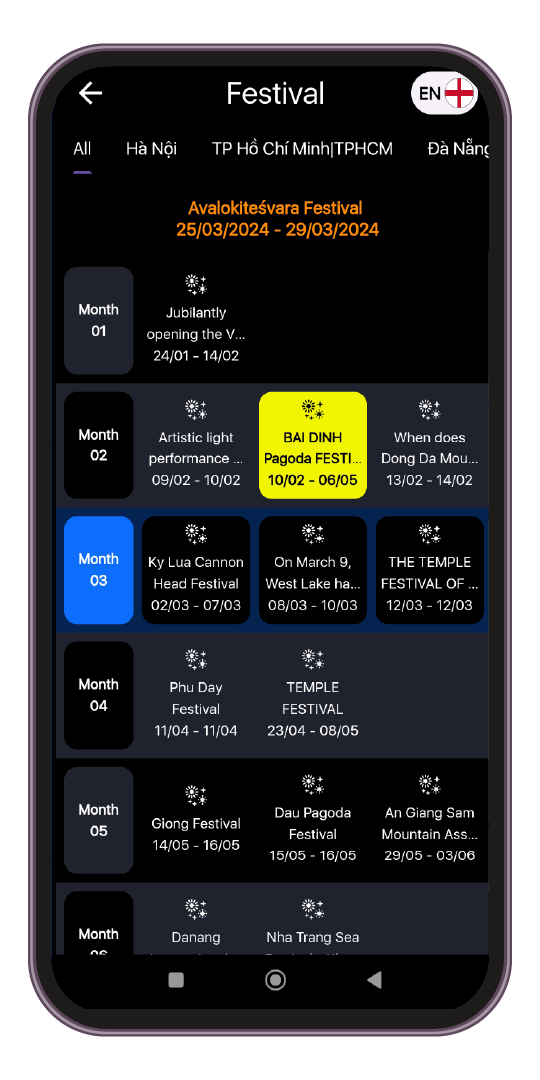Hoa Lu Ancient Capital Traditional Festival - (formerly known as Truong Yen festival, or Co Lau Festival) takes place on the 6th, 7th, and 8th days of the third lunar month every year. History books say: In many feudal dynasties, the Truong Yen festival was a national holiday, because this was the place and occasion to commemorate the emperors and national heroes: Dinh Tien Hoang and Le Dai Hanh.
The traditional festival of Hoa Lu ancient capital has the largest scale in the years when the number of units is 3, 5, 8, 0. The festival opens in the spring, usually on the 8th, 9th, 10th of March. lunar year every year. The space of the festival is a large area including: two areas of King Dinh temple and King Le temple (center), Nhat Tru pagoda, Ba Chua palace, Ma Yen mountain, Hoang Long river, Am Tien cave, Thien cave. Ton, Luon cave... Ceremony includes: water procession, incense offering ceremony, female mandarin worship, male mandarin worship... The festival usually includes: reed flag drills, dragon dance, lion dance, word drawing, wrestling, cockfighting and Recently, there have been more entertainment village performances, singing village, Hoa Lu ancient capital beauty contest...
On the morning of the opening day of the annual festival, a water procession usually takes place. This special ceremony is prepared very elaborately and thoroughly. Before the opening day of the festival, at the Hoang Long river wharf near the ancient Dai Hoang gate, people planted a large bamboo tree with lush green branches in the river. At the top of the bamboo, there is a colorful fabric banner with inscriptions written on it. The content of the previous mantra is roughly as follows: The subjects and descendants of hundreds of families always remember the Golden Dragon in this river for saving the emperor of Dai Viet. Pray that the gods keep the water cool and gentle, and help the people of Dai Viet avoid all evil...
On the opening day of the festival, when the sun had not yet risen over Ma Yen Son, the group of people carrying water departed from the gate of King Dinh temple, through King Le temple to the river wharf. Leading the way are people carrying five-colored flags, walking in pairs. Next is the Bat Am ward, including: lute, flute, zither, mu, la and even a drum ward. Bat Am Ward plays melodious music with melodies: Kim Tien, Binh Ban, Luu Thuy, Xuan Phong. The sounds of drums and bells resounded vibrantly. The large palanquin was at the forefront, carried by eight strong young men. Their costumes resemble those of Dinh Dynasty guards. The incense burner on the palanquin has a porcelain vase covered with cashew cloth to hold sacred water. Following the procession are elders, guests, representatives of organizations and localities. Next are the dragon team, the unicorn team, then the palanquins with incense burners, canopies, incense sticks, candles, fruits, and parallel products, solemn, neat, and bustling. Walking beside each palanquin is an elder dressed in national ceremonial clothing.
When the procession reaches the river wharf, the incense burner with a porcelain vase is taken to the boat first, followed by the golden dragon and lion. The drums and gongs sound each time, with a bustling, urging sound. The golden dragon curves majestically on the water waves. The lion danced bravely and gloated.
The master of ceremonies solemnly read the petition for water procession. When finished, the master of ceremonies and his "gods" burned the proposal and dropped it into the river. Four virgins (in modern clothes, in the past wore four-part clothes) gently and gracefully scooped river water and poured it into a porcelain vase to take on a palanquin to process back to King Dinh temple before the incense offering ceremony. The procession returned in the same order as when it departed. The wonderfully unique feature that the traditional water procession of the ancient capital of Hoa Lu has is the river space. Hoang Long River wharf, where the traditional ritual of worshiping gods and sacred water procession takes place still recalls a thrilling and attractive folk legend about the story of a golden dragon appearing to help Dinh Bo Linh cross the river to escape. the angry sword of his uncle. Later, Dinh Bo Linh made a great career, unified the country, built Hoa Lu Capital, established the main dynasty, and became Emperor Dai Thang Minh. From then on, the river was named Hoang Long Giang (golden dragon river). On the other side of this river wharf is an independent mountain, called Cam Guom Mountain, as a beautiful and heroic testimony. Folk legends about the golden dragon, Hoang Long River, and Cam Guom Mountain contain the nostalgia and idealization of the national community about the "dragon and fairy", especially about the founding hero, the emperor. Dinh dynasty more than a thousand years ago. This legend will forever have an epic quality that future generations will still be proud of and love...
Sacrifice: Immediately after the water procession returns to the festival's central stage, after the ceremony of releasing the dragon, the ceremony begins at the two temples of King Dinh and King Le. The ceremony has the participation of many delegations according to the registration schedule. The processions of palanquins and incense sticks from relics worshiping famous people of the Dinh - Le dynasties will participate in the procession to the two temples. Most of the long-distance groups must process on festival cars towards Hoa Lu. The ceremony was then conducted both day and night at both King Dinh and King Le temples with the content of praising the merits of the two Kings, alternating with visitors burning incense to commemorate.
Theatrical performance - is a contemporary stage performance to open the festival and broadcast live. After the opening speech, there was a drum performance at Hoa Lu festival, performances recreating important history that took place in the ancient capital of Hoa Lu such as: The event of the enthronement of emperors by Dinh Bo Linh and Le Hoan; defeated the Song invaders; moved the capital to Thang Long and ended with the dragon releasing until the end of the opening morning.
Like many other Vietnamese folk festivals, the festival part of the Hoa Lu Ancient Capital festival includes unique folk games such as: boat racing, stick dancing, human chess, word formation, shuttlecock throwing, cheo singing competition, objects, calligraphy. In addition, the Hoa Lu Ancient Capital Festival also has a number of typical games such as reed flag exercises, word drawing and Hoa Lu Capital beauty contest.
The war reed flag is a folk performance to describe the rehearsals and training sessions of teenage hero Dinh Bo Linh, expressing the will of him and his three armies. Participating in the reed flag exercise performance were 60 teenagers aged 13-15 years old. The handsomest child was chosen to play Dinh Bo Linh, wearing a straw vase hat and holding a reed with yellow and purple crowns. Thung Lau and Thung La troops had gongs, drums, and mules, standing on both sides, dancing, singing, and rehearsing the scene of King Dinh holding a reed flag to practice battle.
The Thai Binh letter formation performance commemorates the era name that King Dinh Tien Hoang set when he ascended the throne, this is also the name of the first Thai Binh coin in Vietnam. Participating in the performance were 120 young women wearing blue four-piece dresses, holding flags, following the beat of drums every 3 hours, running to draw letters. The first row draws the word Thai, runs around to the front and pulls down to form a "bar" stroke, then circles up to the left hand and pulls down to form a "mark" stroke, finally runs around to the right hand and pulls down to form a "dot" stroke. ”. So it became the word "Thai". Meanwhile, in the second row, the children run and pull the word "Binh". Both rows lowered their flags to clearly highlight the words "Thai Binh".
Since 2005, the "Hoa Lu Capital Beauty" contest has become a beauty contest for female contestants in the Hoa Lu cultural region and surrounding areas. The qualifying rounds took place before, the final round took place at the Hoa Lu festival stage.
The annual Hoa Lu Ancient Capital Traditional Festival represents a close, organic relationship between the past, present and future of the Vietnamese people, including the following elements: mountain and river spirit, consciousness Folklore about the origin of the country and people according to the principle "When drinking water, remember the source"./.
From 05/04/2025 - 07/04/2025


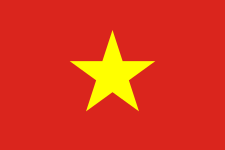 vn
vn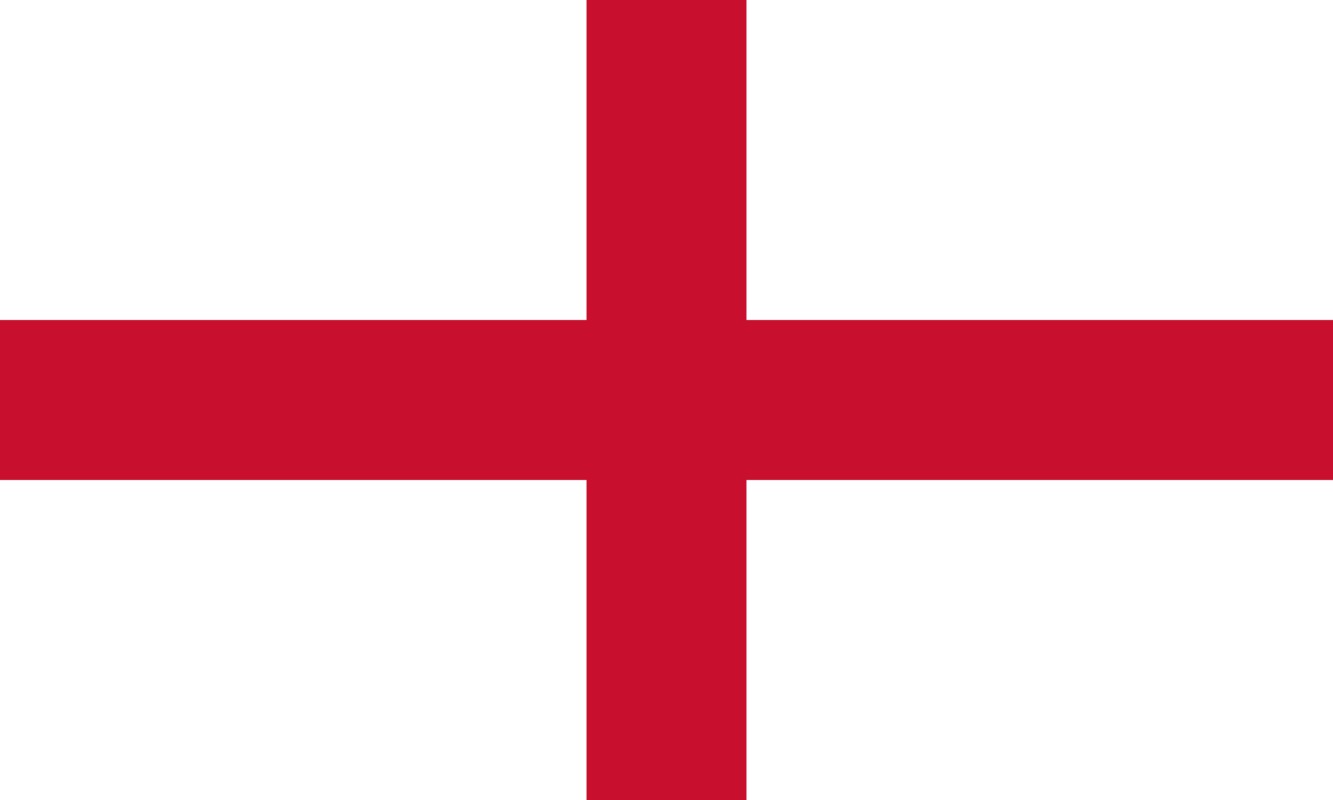 en
en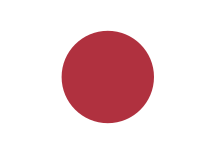 ja
ja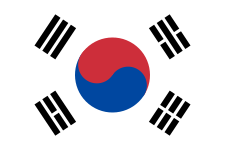 ko
ko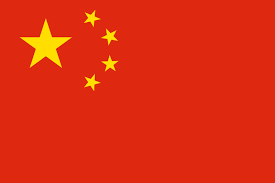 zh
zh


















